
Photo by Sally Guillaume.


Photo by Sally Guillaume.


Photo courtesy of Troon North Golf Club
With art museums, golf courses and luxury architecture, Scottsdale, Arizona is more than just a desert town.
Known as The West’s Most Western Town, Scottsdale, Arizona, is certainly more than just a desert town as it is annually rated among the nation’s most desirable communities to live in, visit and conduct business. Three focuses in particular are art, golf and architecture, each a key draw for the luxury sector and ones that have shaped the culture of the city.
Among Scottsdale’s 80 art galleries are museums that not only showcase fantastic creations from artists, but also provide an insight to the city’s past. One in particular is Western Spirit: Scottsdale’s Museum of the West, located in Old Town, which offers high-quality exhibitions reflecting the arts and dynamic cultural exchanges in the city’s history. Dr. Tricia Loscher, assistant director of collections, exhibitions and research at Western Spirit, says that the Scottsdale art scene started at the Arizona Craftsmen Center in the 1940s, where skilled artisans could work and collaborate together, and customers could watch art being created in front of their eyes. These artists in turn helped to elevate Scottsdale’s cultural standing by showing and selling their unique creations.
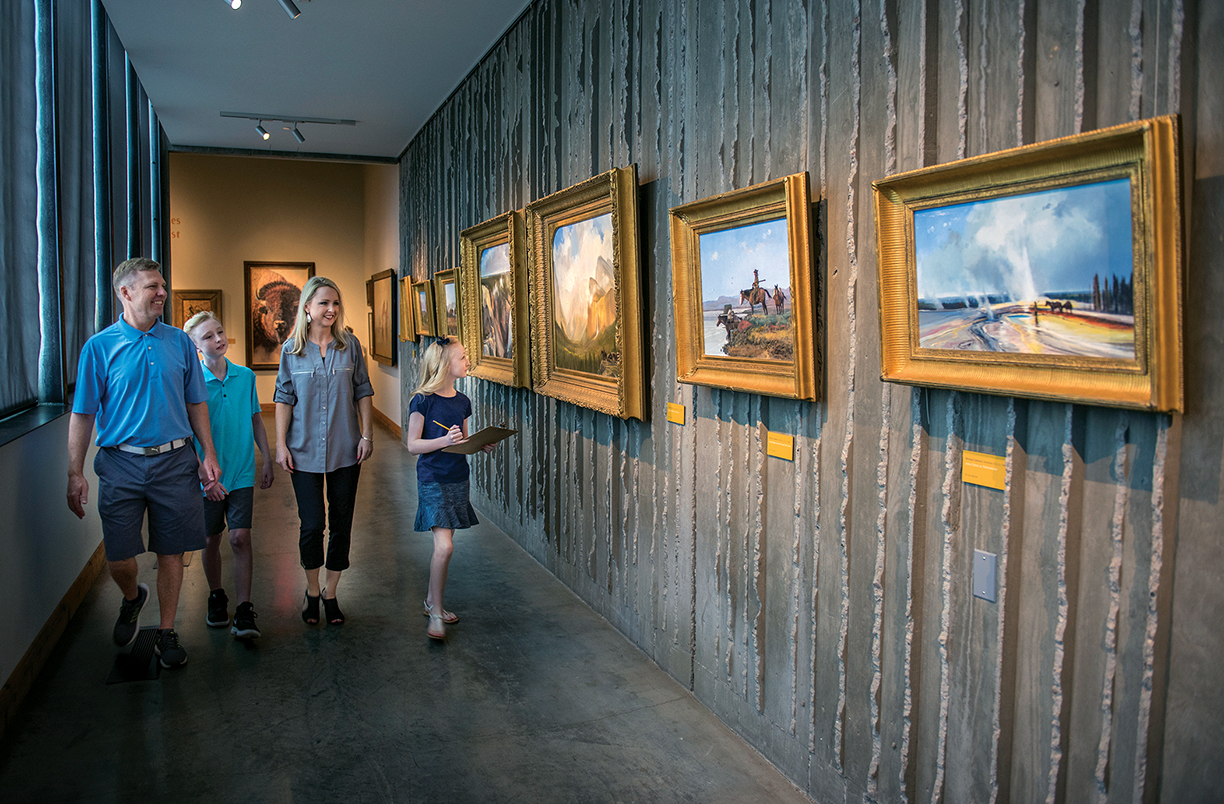
Photo courtesy of © Loren Anderson 2018
Museum of the West
Today, artists are continually drawn to Scottsdale, a place that is recognized worldwide as a destination for art collectors and enthusiasts. The diversity of the city’s artistic community, says Loscher, leaves visitors remarking on how much there is to see, and that it cannot all be viewed in one trip. “You’ll want to come back again and again because you can’t possibly do justice to what Scottsdale has to offer.”
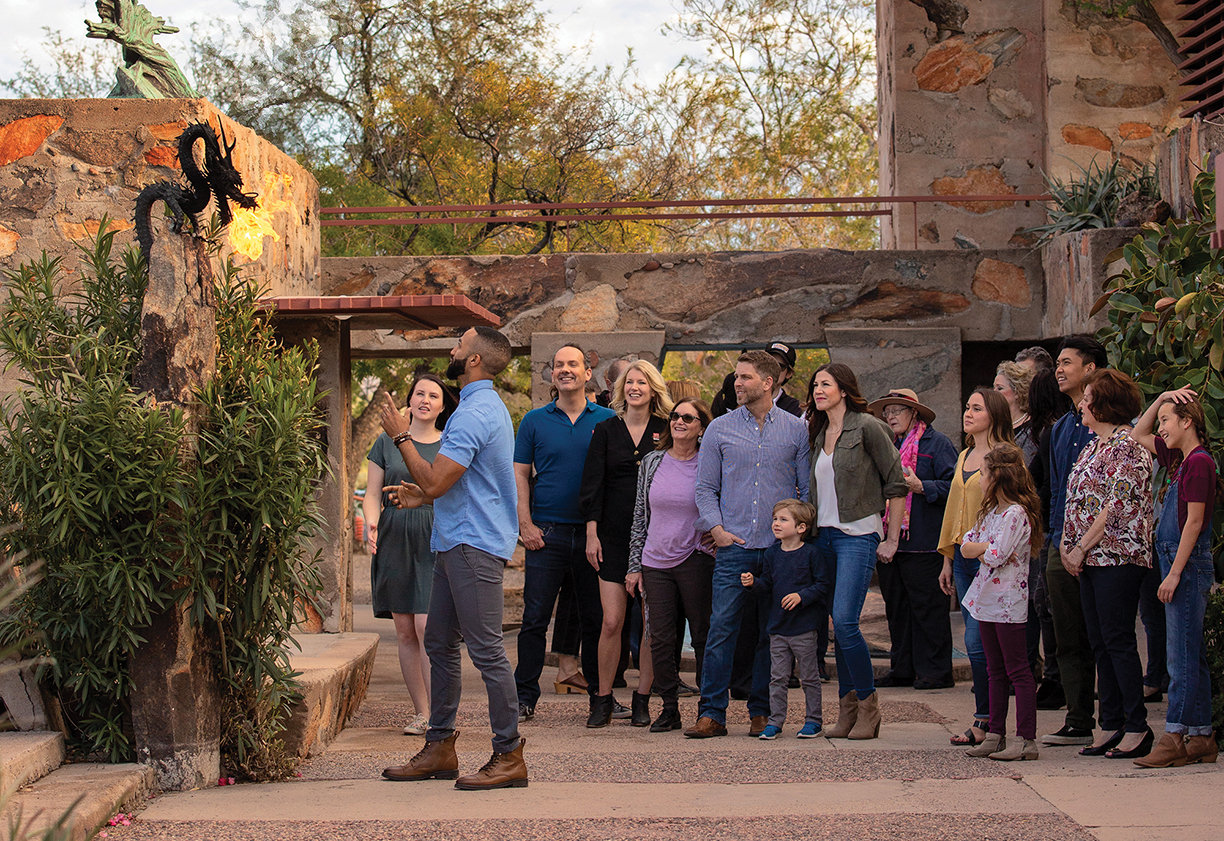
Photo courtesy of © Jill Richards Photography
Taliesin West
The distinctive landscape of Arizona, punctuated by giant granite boulders strewn across the rugged Sonoran Desert, is the perfect playground for those who live and breathe the golf lifestyle. There are several key points as to why Scottsdale is such a popular golf destination, according to Mike Friend, director of sales at Troon North Golf Club, from wonderful weather to the beautiful desert itself. “The unique desert layouts are so different from typical tree-lined golf [courses],” he notes, adding that players love how the green grass contrasts from the desert browns.
This culture began in the 1990s as many courses over the last 30 years were built around luxury residential developments and communities, which also stimulated the growth of resorts and travel interest overall. “The growth of this type of traveler created a need for more golf,” Friend says. The travel fever has not stopped since, and from the variety of activities and sights, Scottsdale is bound to experience growth and diversity for years to come.
Also nestled in the desert, along the foothills of the McDowell Mountains, is an architectural mecca — Taliesin West, known to historians as Frank Lloyd Wright’s desert laboratory in Arizona. Taliesin West was Wright’s beloved winter home and the headquarters of the Taliesin Fellowship, an architectural marvel that has since become a National Historic Landmark, as well as the home of the Frank Lloyd Wright Foundation and the School of Architecture at Taliesin.
“[Wright] found the site in 1937 and with his apprentices began experimenting with new materials and building techniques to create a desert camp that embodied his principles of organic architecture,” according to Foundation president and CEO Stuart Graff. The Foundation works to preserve the site and Wright’s legacy through programs that bring more than 110,000 visitors to Scottsdale. Here Wright’s experimental camp is open to the world as a living expression of his ideal vision for how he wanted humanity to live in harmony with the world around us.
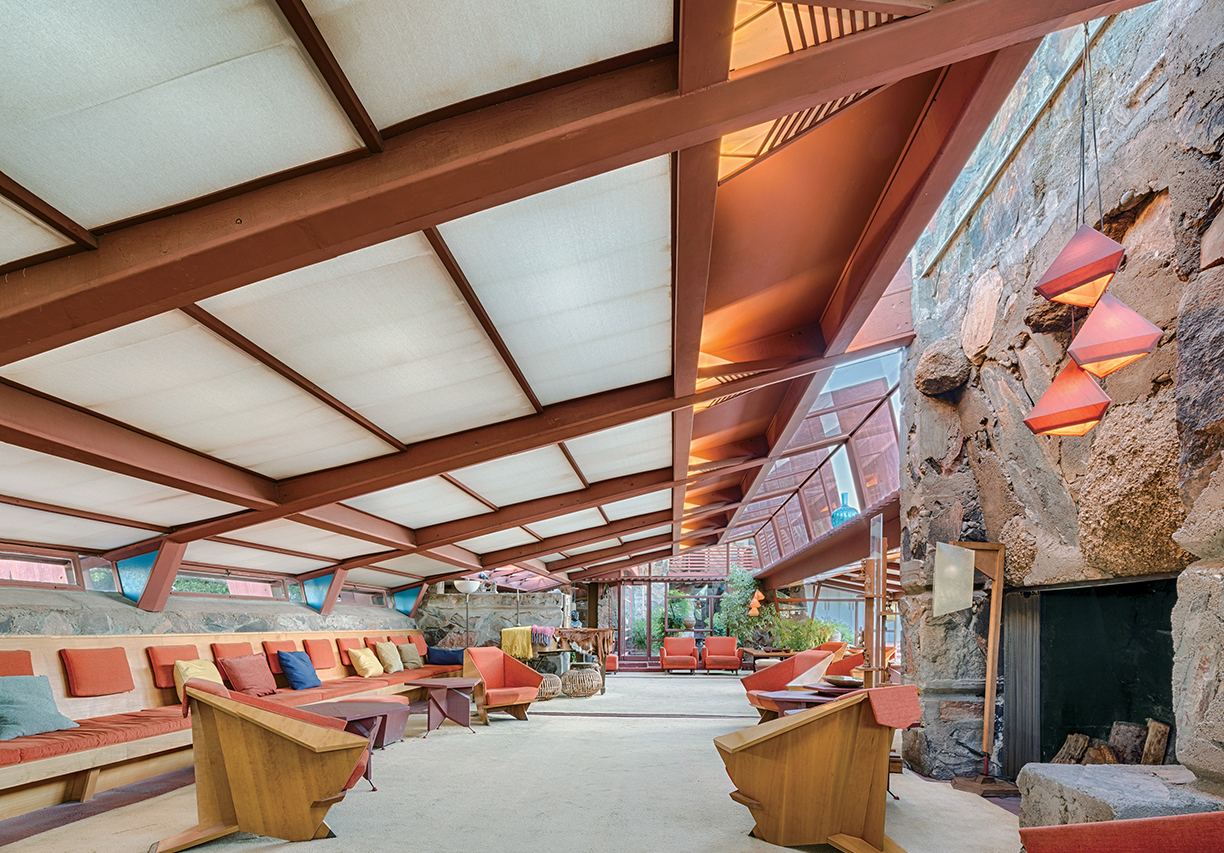
Photo courtesy of © 2016 Andrew Pielage
Taliesin West
This editorial originally appeared in Unique Homes Winter 2020.
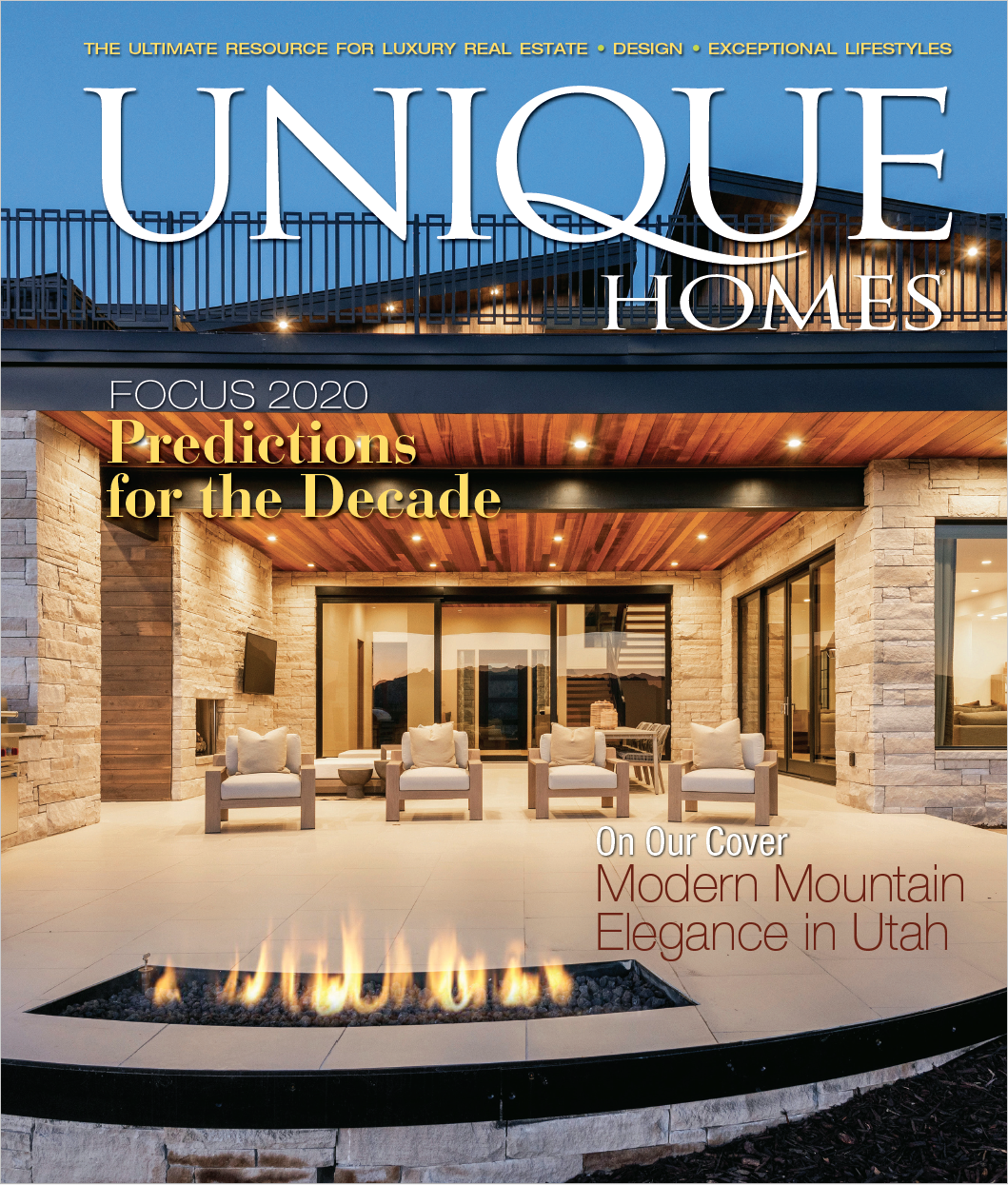
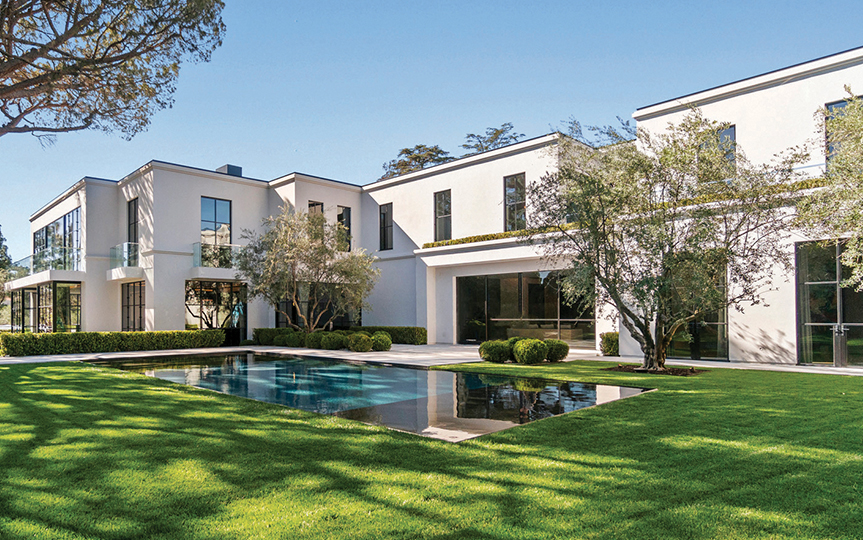
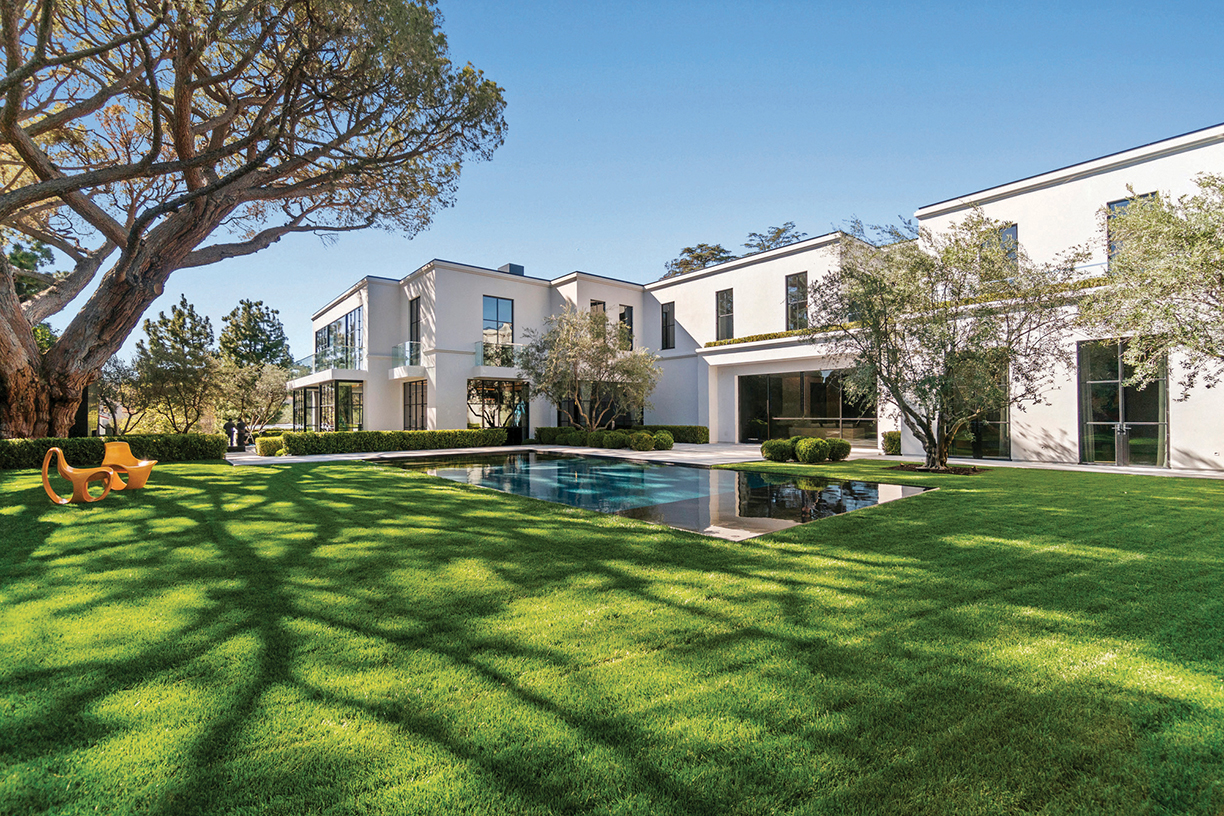
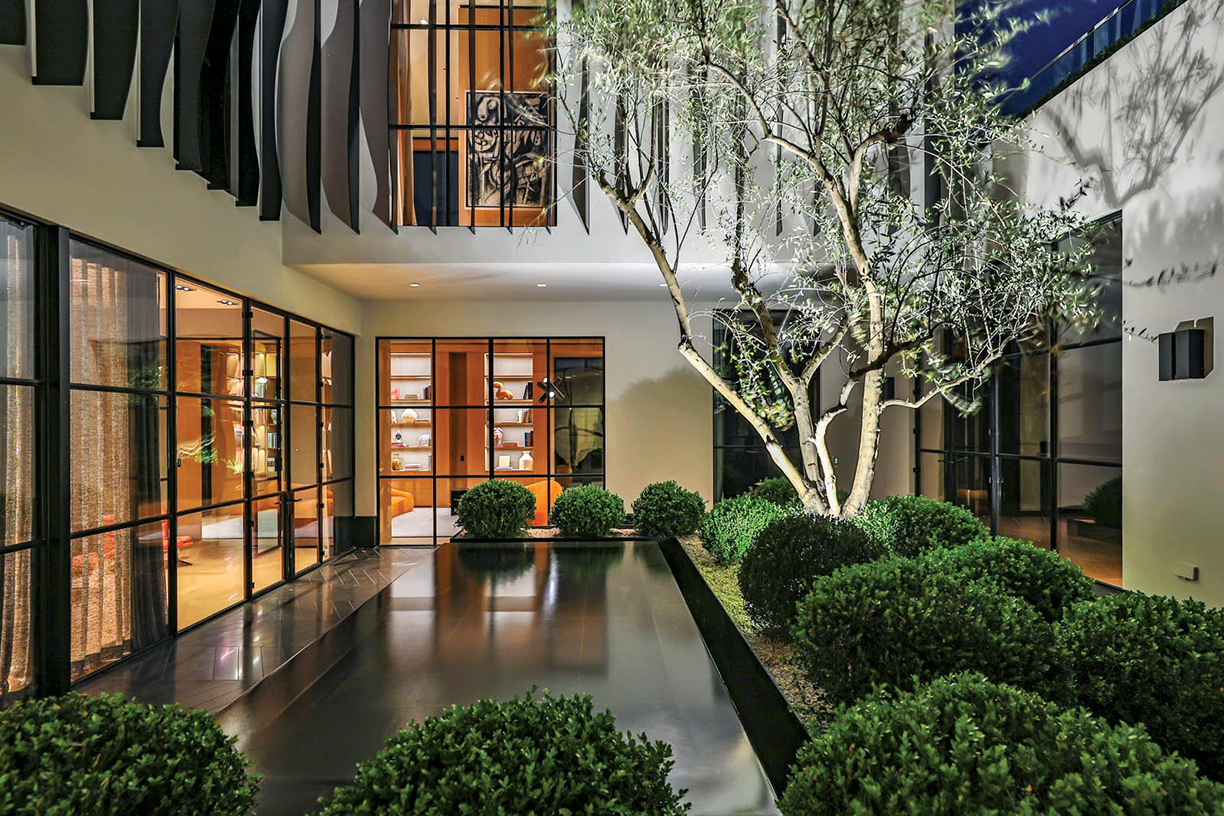
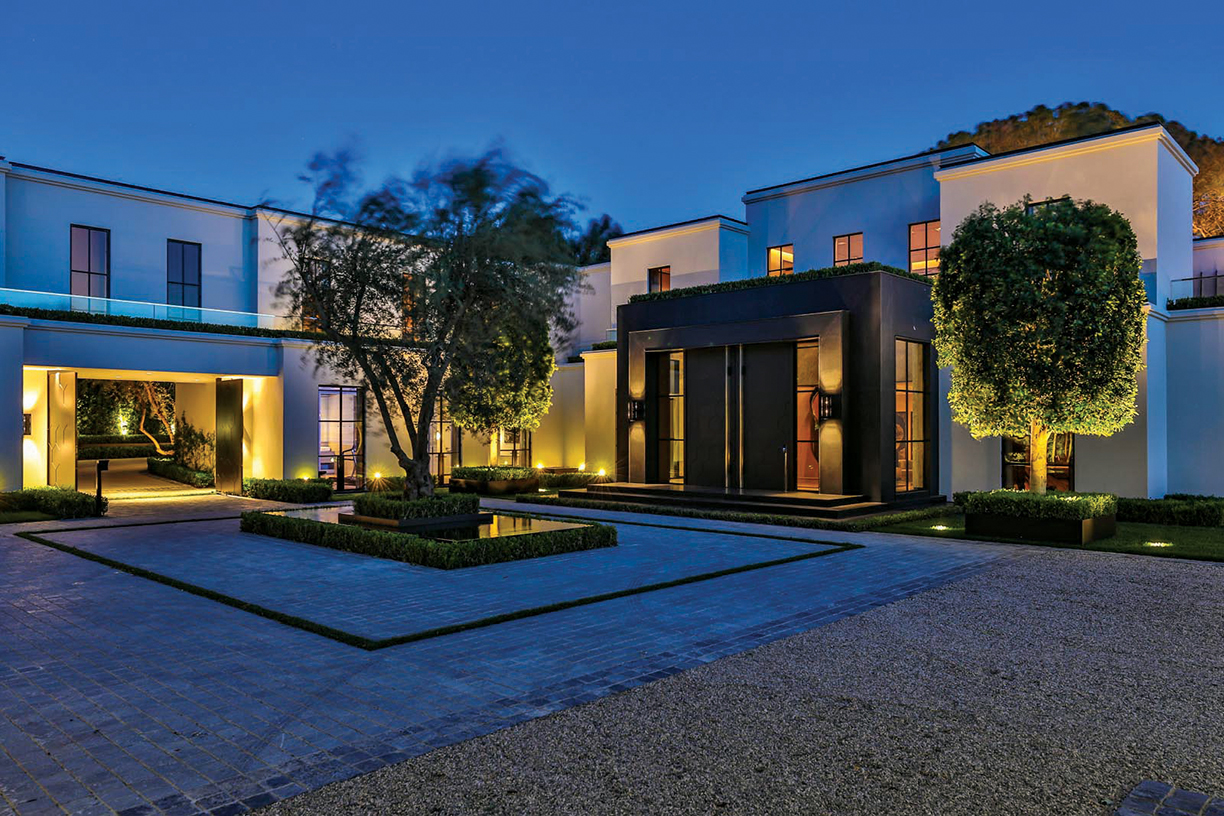
Photos by Berlyn Photography 2019.
THIS ARTICLE ORIGINALLY APPEARED IN THE GLOBAL 2019 ISSUE OF UNIQUE HOMES. TO SEE THE DIGITAL VERSION OF THIS STORY, CLICK HERE.
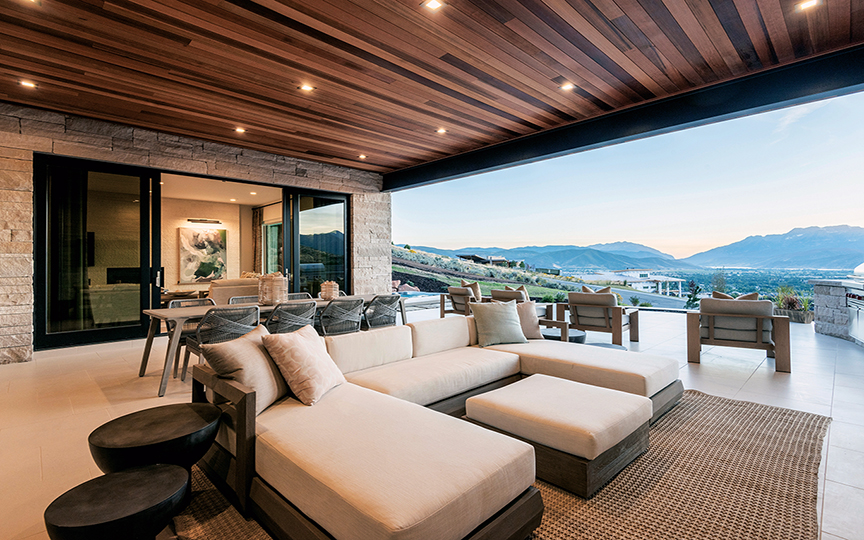
The perfect home finds a balance between style and substance.
Style or substance? The perfect home finds a balance between both of these concepts, and this newly built mountain residence is no exception. 1548 Explorer Peak Drive, located inside the Red Ledges residential development in Heber City, Utah, was carefully sited on a dynamic hillside to optimize unobstructed views of Mt. Timpanogos. Its architectural design pairs with hand-selected materials and luxury finishes, perfect for retreat seekers and outdoor enthusiasts alike.
Every detail of this home creates a seamless transition from indoors to out. Abundant natural light is cast through the home’s soaring windows, while the vast outdoor living areas are situated to connect the home to nature’s beauty. The expansive indoor/outdoor living spaces, featuring a custom spa, fire pit, fireplace, and more, make this home perfect for both entertaining and relaxing, with stunning mountain views as the ideal backdrop. Interior features that capture attention as much as the surrounding beauty include French oak flooring, a gourmet kitchen with a waterfall quartz island, and a large main-floor master suite.
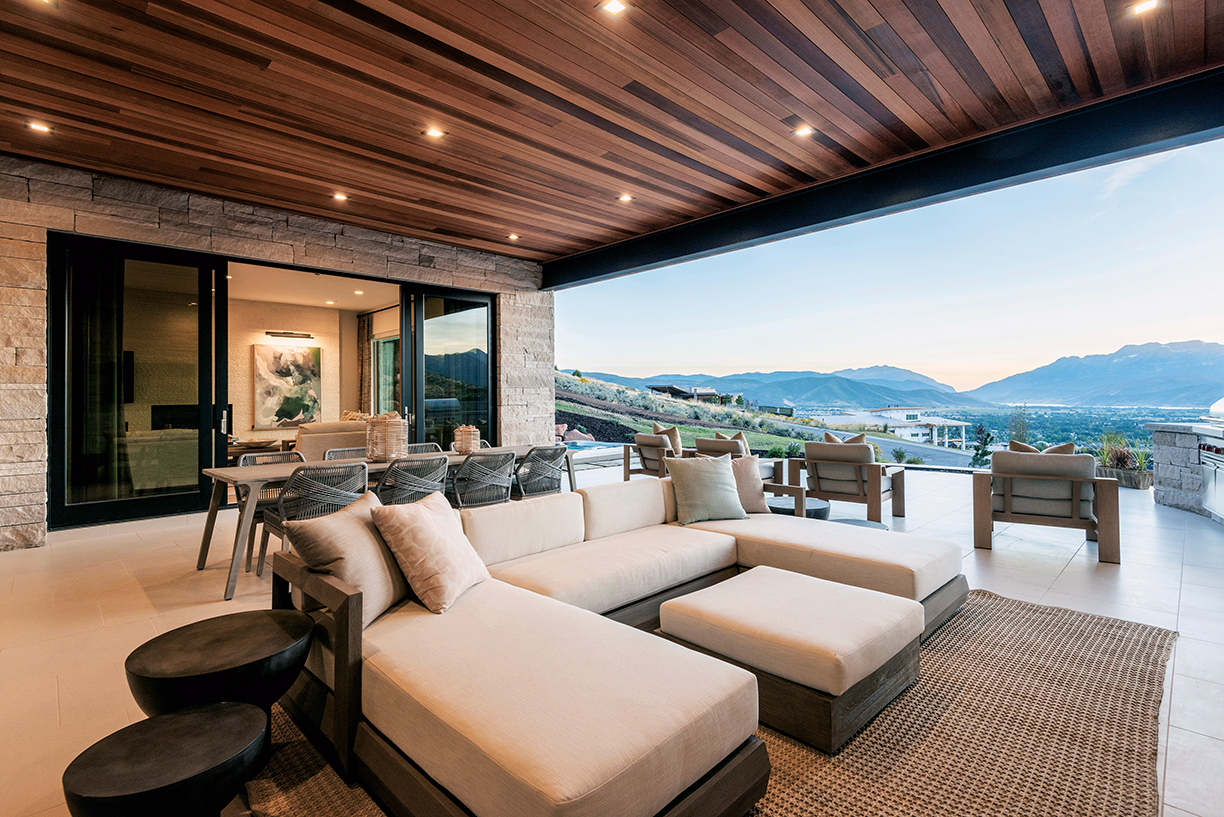
With its coveted location in the Heber Valley in the heart of Utah’s Wasatch Back mountain recreation mecca, Red Ledges offers an active outdoor lifestyle, according to Mitchel Burns, Red Ledges chief operating officer. “Members come together and immerse themselves in some of the most beautiful — and accessible — natural habitats in the world.” Red Ledges offers such outdoor attractions as world championship mountain biking, world-class fly fishing, boating, hiking trails and more.
Management at Red Ledges agrees that those who find a place at Red Ledges not only share in the coveted mountain lifestyle, they also form close kinships with their neighbors. “Lifelong friendships develop as members laugh and play together and create the real personal connection for which Red Ledges is known,” says John “JJ” Johnson, Red Ledges Club general manager. For $3.595 million, one can find peace of mind at this contemporary mountain haven with enough style and substance for all.



Photo: Vkoulampet / wikimedia commons
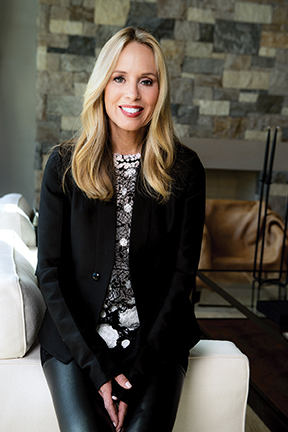
Colorado
Carrie Wells
Coldwell Banker Mason Morse Real Estate
970.948.6750
carrie@carriewells.com
Page 54 & H&E 161

Colorado
Craig Morris
Aspen Snowmass Sotheby’s International Realty
970.379.9795
craig.morris@sothebysrealty.com
Pages 52-53

Colorado
Robert Ritchie
Aspen Snowmass Sotheby’s International Realty
970.379.1500
Robert.Ritchie@sothebysrealty.com
THIS ARTICLE ORIGINALLY APPEARED IN THE GLOBAL 2019 ISSUE OF UNIQUE HOMES. TO SEE THE DIGITAL VERSION OF THIS STORY, CLICK HERE.
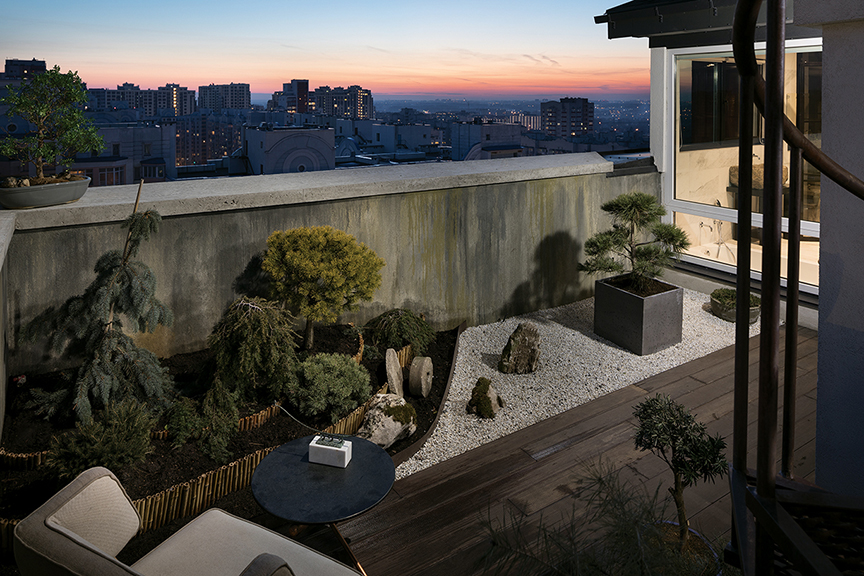
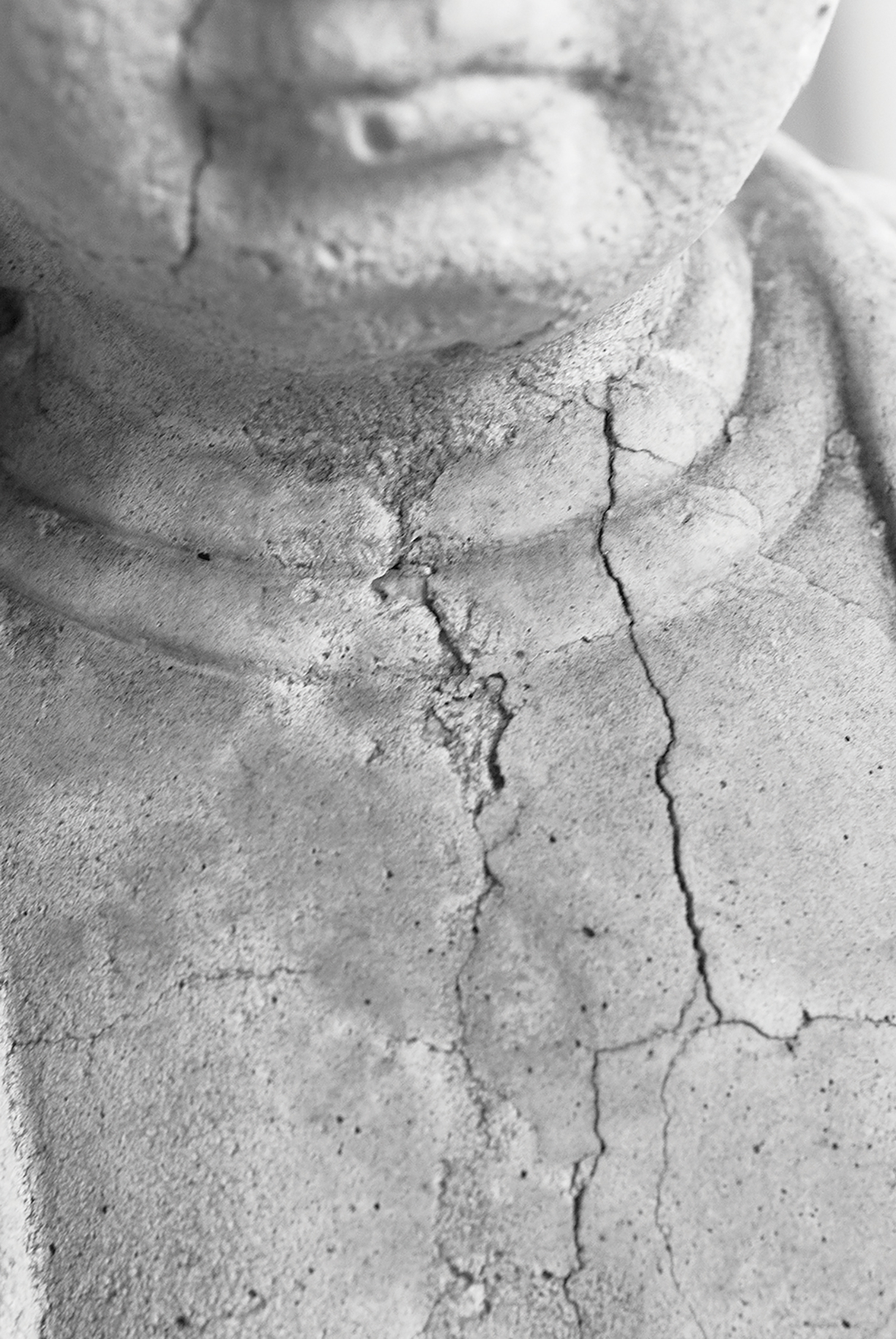
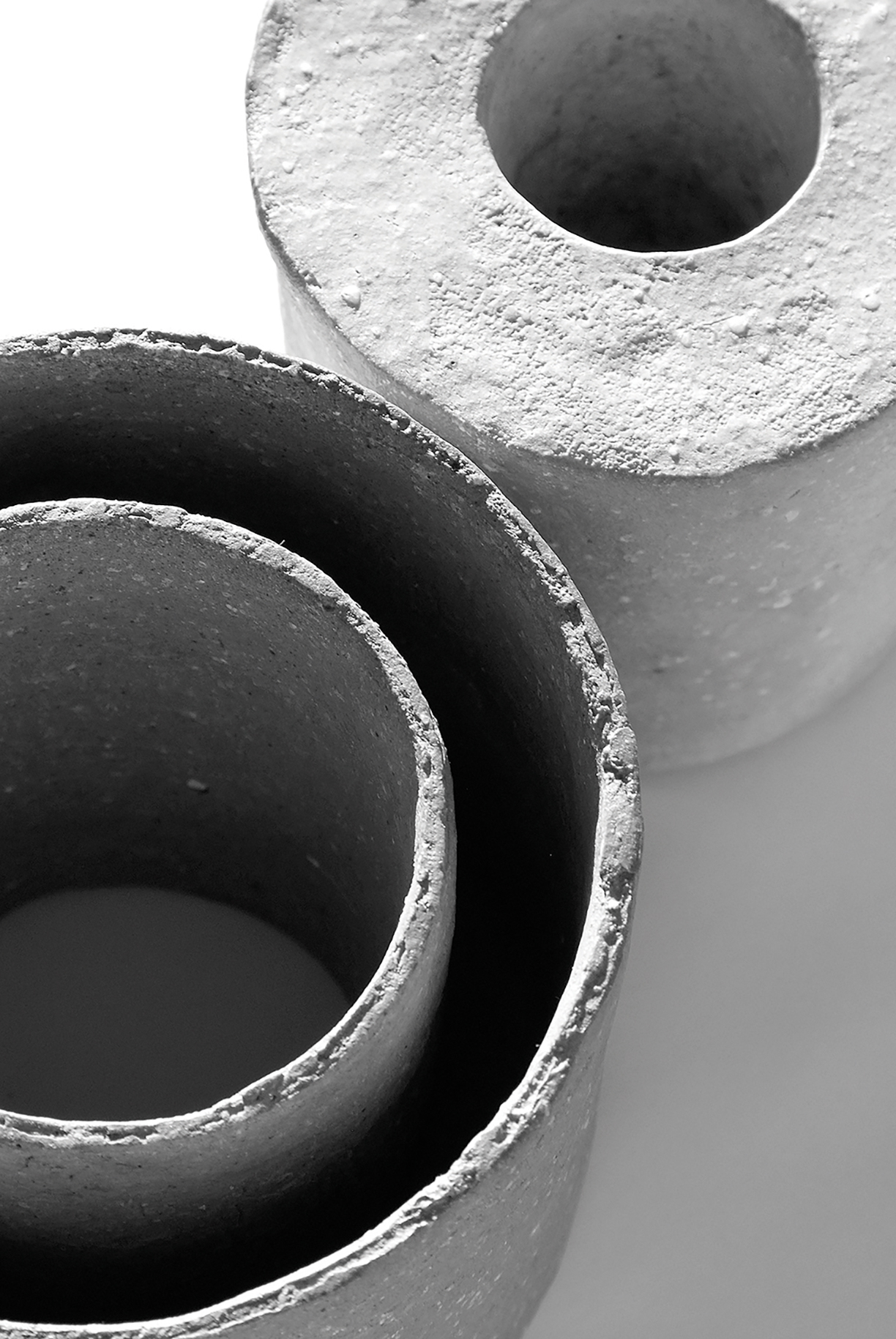
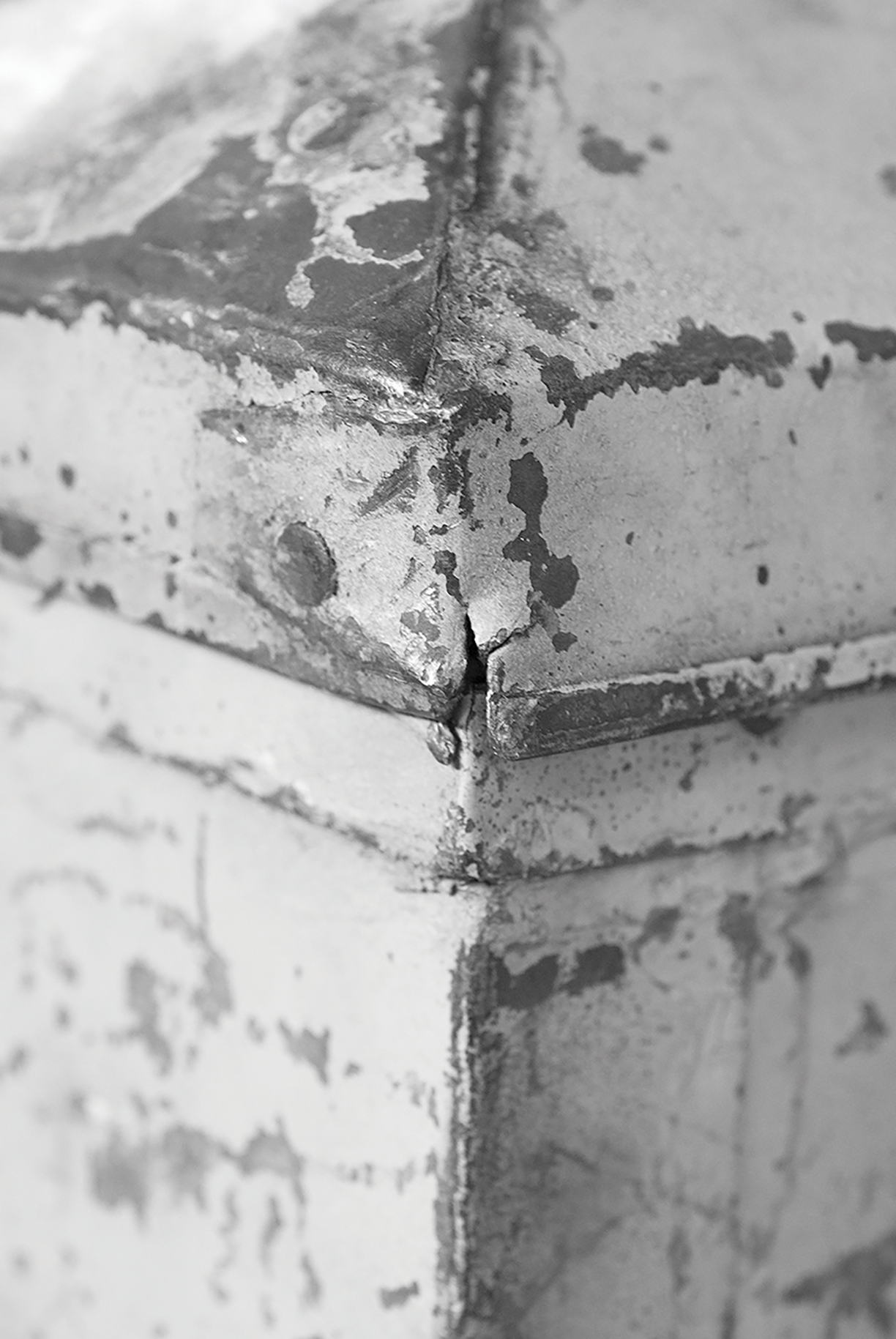
PHOTOS FROM WABI-SABI: FURTHER THOUGHTS BY LEONARD KOREN
The ancient Japanese design philosophy of Wabi-Sabi turns “the not-beautiful into the beautiful.”
What happens when a new design trend highlights the beauty of imperfections?
The aesthetic of wabi-sabi was originally related to the traditional Japanese tea ceremony, but has since been developed into a design style, highlighting all things “opposite of perfect.” Unique and striking by nature, this style derives from a deep understanding and respect for time and recognizing the beauty in the understated.
Author Leonard Koren describes this distinctive philosophy in multiple ways, from the “antithesis of the Classic Western aesthetic notion of beauty,” to the “beauty of things imperfect, impermanent, and incomplete; of things modest and humble; of things unconventional.” Before writing two books on wabi-sabi, Koren first learned the term during his youth in the 1960s. As he describes in his book Wabi-Sabi for Artists, Designers, Poets & Philosophers, to him the term initially seemed to be “a nature-based aesthetic paradigm … a perfect antidote to the pervasively slick … corporate style of beauty that I felt was desensitizing American society.”
Koren notes that when physically manifested, wabi-sabi is related to the “entropic processes that all living things are subject to,” meaning that it embraces the method of showing objects that are worn or time-weathered. Antiques, for example, are generally imbued with qualities of wabi-sabi, Koren says. “An 18th century Italian desk, for instance will have evidence of hundreds of years of human use and misuse — along with the discoloration and natural deterioration that comes with age.” Further, he reminds us that despite its appearance, the character and merit of the desk “is not diminished by these ‘imperfections.’”
Another aspect that Koren stresses is that wabi-sabi art or design pieces are often initially perceived as ugly. “It is the transmutation of the not-beautiful into the beautiful that is part of the magic of wabi-sabi,” he affirms. He adds that every person perceives this aesthetic in different ways and applies it where they think it best. Though not as well known as styles like Modern or Contemporary just yet, designers and artists are appreciating the freedom and creative liberties of wabi-sabi and are finding ways to apply it in various ways.
Passionate about Japanese culture for over 10 years, Ukranian designer Sergey Makhno calls himself a devotee of minimalism and wabi-sabi, calling it a “manifesto of nature and tradition, simplicity [and] tranquility.” Makhno, like Koren, relates the philosophy to the impermanence and imperfections of man, asking that if man is imperfect, why should the place he calls home be perfect? As the founder of Makhno Studio, Makhno works on a multitude of projects, but his first venture in applying wabi-sabi principles into a physical space was in his own home.
“I had to make sure that the design philosophy was practical,” he says, and from its first installation it was a success. The project, titled Wabi-Sabi Apartment, has won multiple interior design competitions and showcases qualities that Makhno chose to highlight: honoring nature, remembering history, loving art and showing courage.
From the moment you walk in, the Wabi-Sabi Apartment boasts a carefully designed interior that is in stark contrast with the concrete cityscape outside. The walls are finished with clay, in a technique seen in older Ukrainian homes, while the wooden beams that support the ceiling and doorways are left looking rough and rustic. Nature is also represented in bonsai trees and a small roof garden.
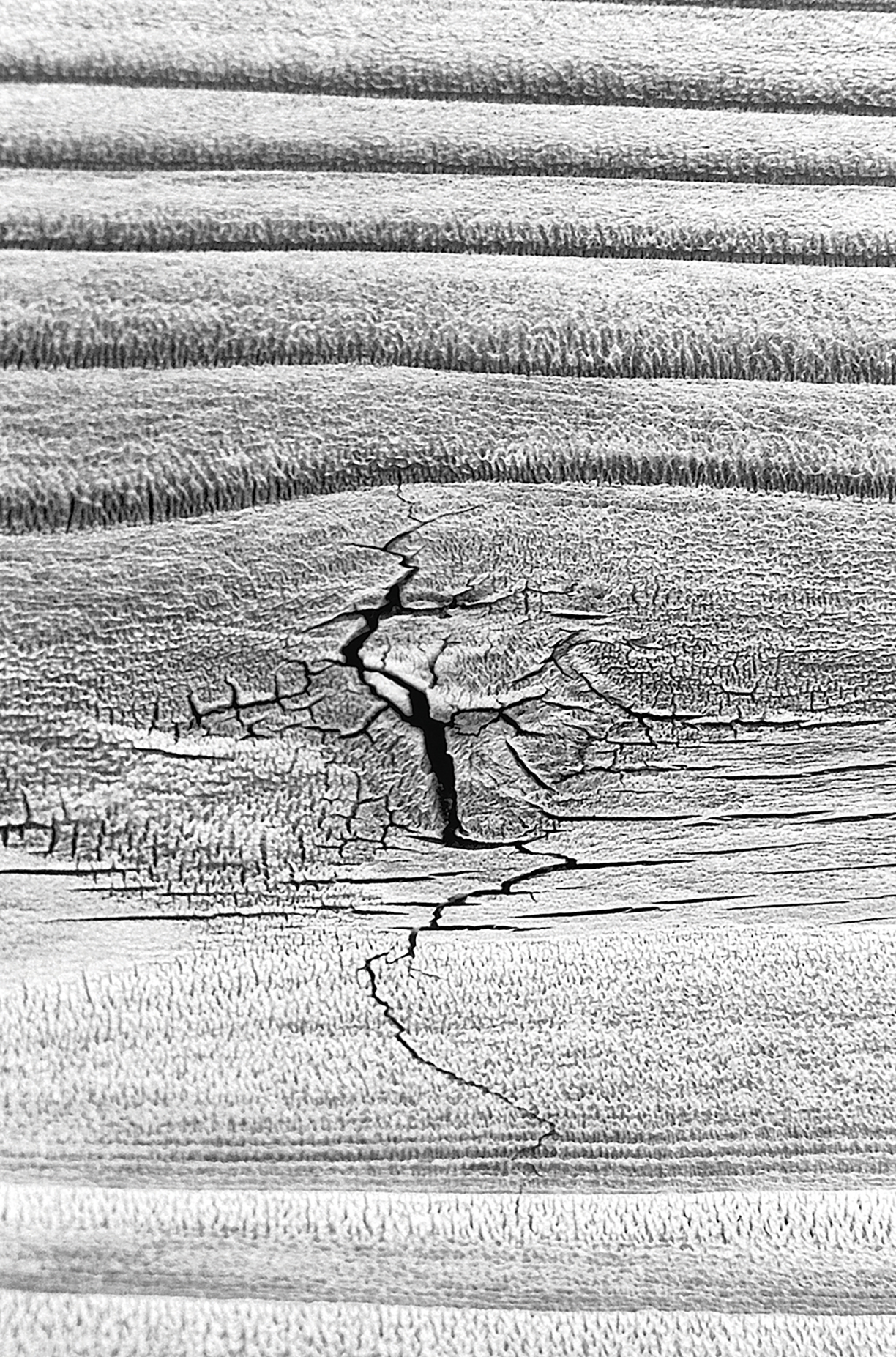
PHOTO FROM WABI-SABI: FOR ARTISTS, DESIGNERS, POETS & PHILOSOPHERS BY LEONARD KOREN
Much of the furniture and art also display the aesthetic in simple yet functional ways. For example, the metal lampshades hanging in the home help integrate a contemporary element to the overall earthy, natural interior. “Their own imperfections also demonstrate how the ancient philosophy of wabi-sabi can find new applications in contemporary design, making us appreciate the beauty of handmade objects through the use of natural materials,” according to Makhno Studio.
Makhno says wabi-sabi provides simple principles that anyone can follow. From the use of natural materials that show signs of wear, as well as colors that tie closely to the earth, to incorporating nature itself, Makhno stresses that “things live with and for the person; a person does not live for the sake of things.”
Another design choice Makhno mentions is the incorporation of kintsugi pieces, or kintsukuroi, which roughly translates into “golden joinery.” These pieces are created through the traditional Japanese practice that joins broken fragments of ceramics together with gold, which according to ceramic artist Tomomi Kamoshita is viewed almost as a reincarnation of the original object. “When cherished pieces are broken, we save them and transform them into keshiki (the restored piece),” she says, giving the ceramic a “new life.”
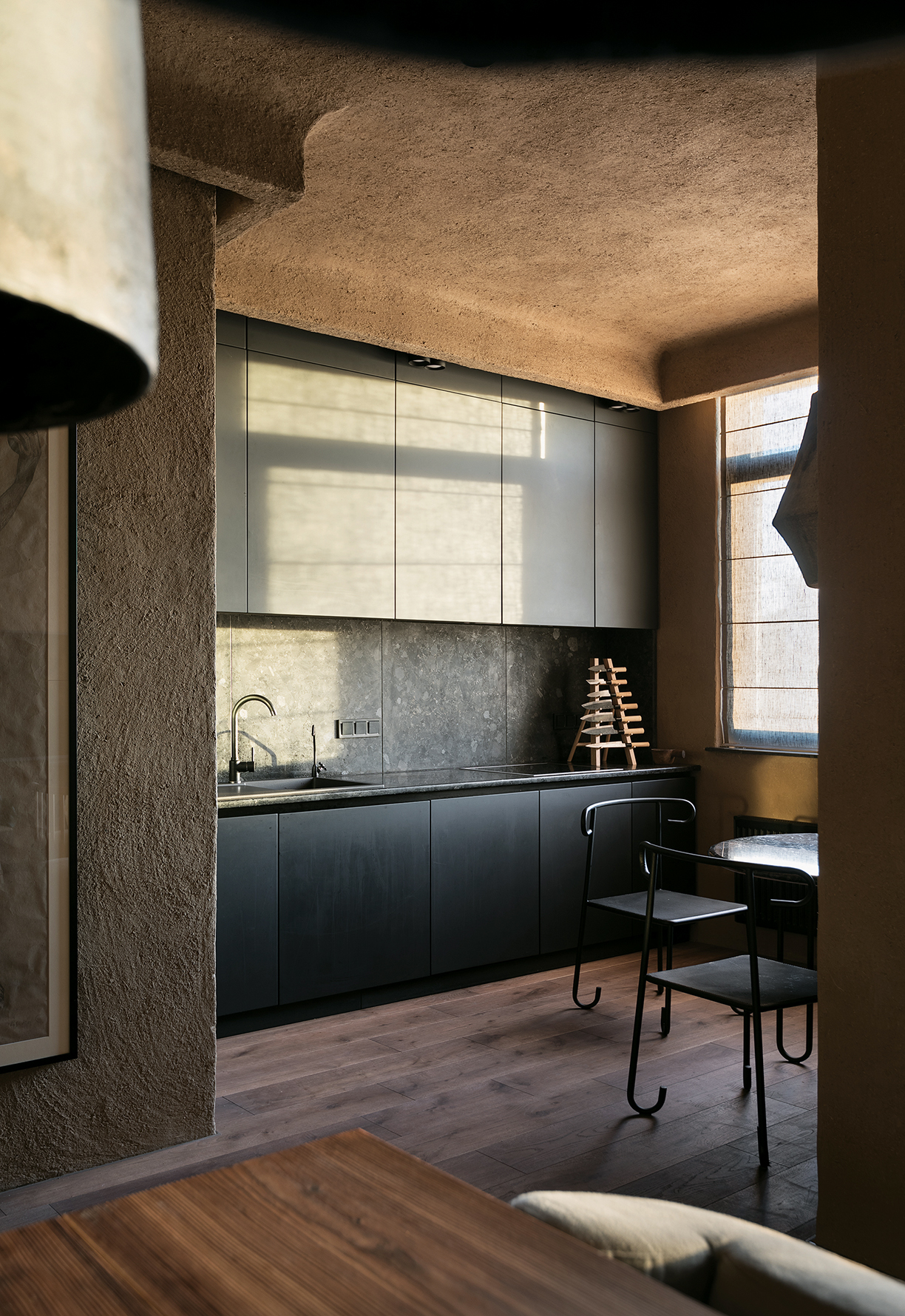
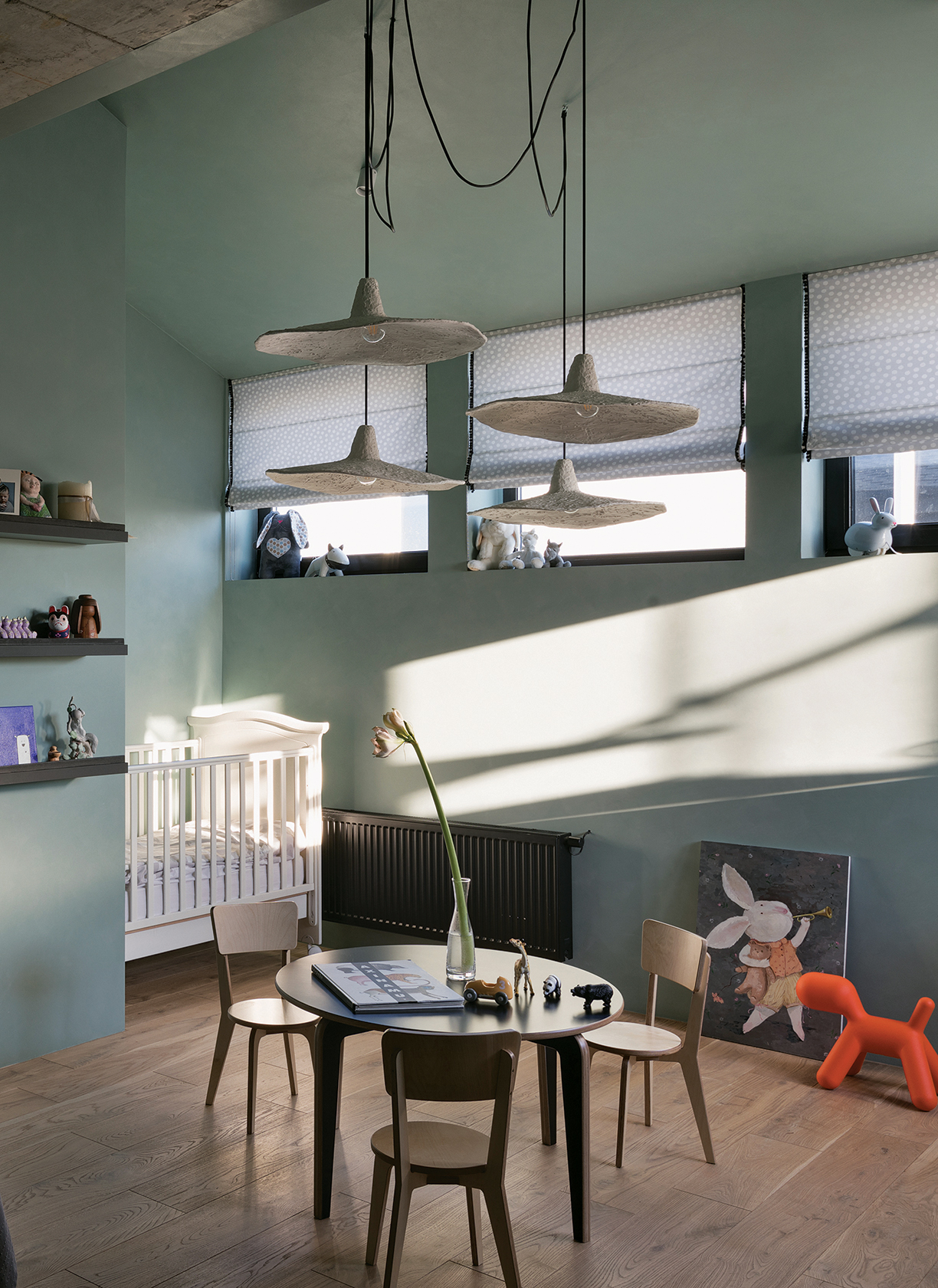
PHOTOS BY ANDREY AVDEENKO
Kamoshita agrees that kintsugi is similar to wabi-sabi, as both practices aesthetically represent imperfect beauty that prevails despite wear and time. “All things continue to change. Even ceramics,” she says. “Anything can break for any kind of reason. It’s sad, but you can revive it with your own hands,” giving it back a sense of adoration and cherishment. This new life further continues an object’s story and embodies beauty in simple things, which encompasses wabi-sabi. As Makhno himself notes, “the story is that things can be repaired, not thrown away.”
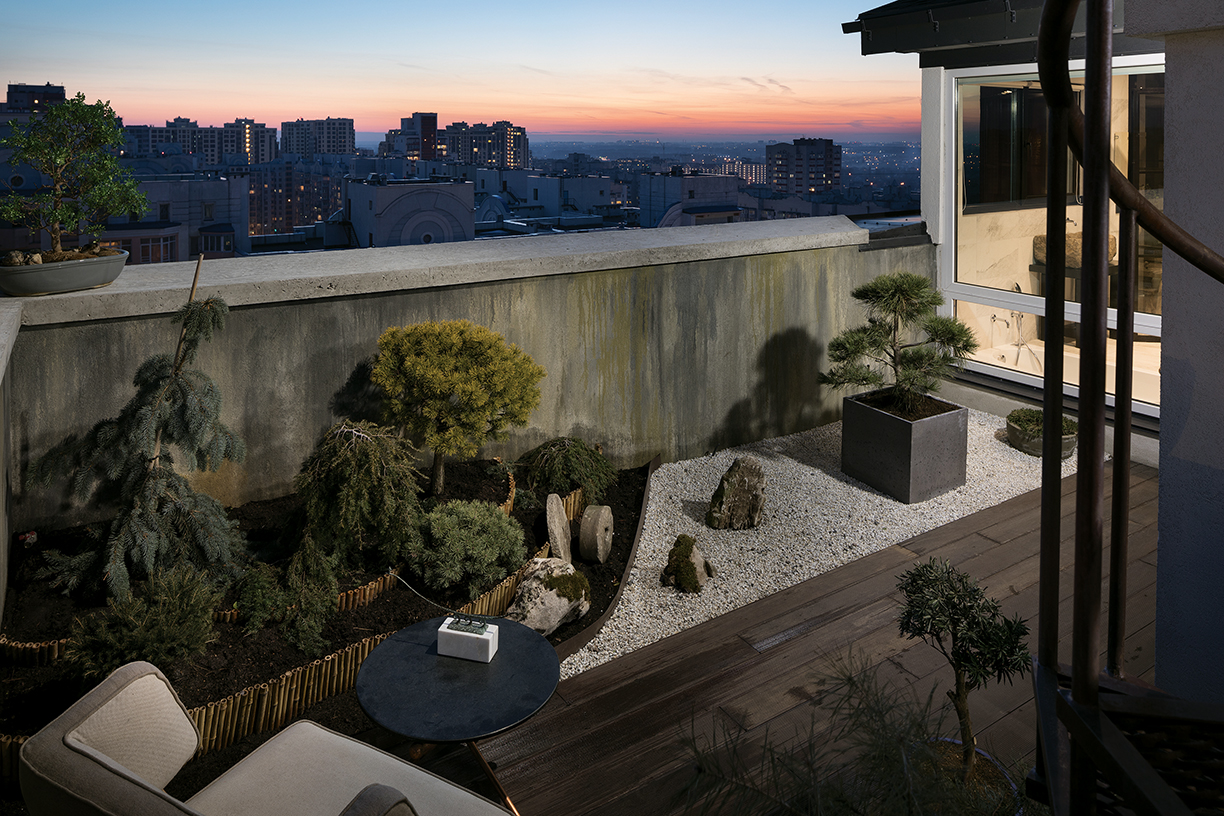
PHOTO BY ANDREY AVDEENKO
This editorial originally appeared in The High End Winter 2020.
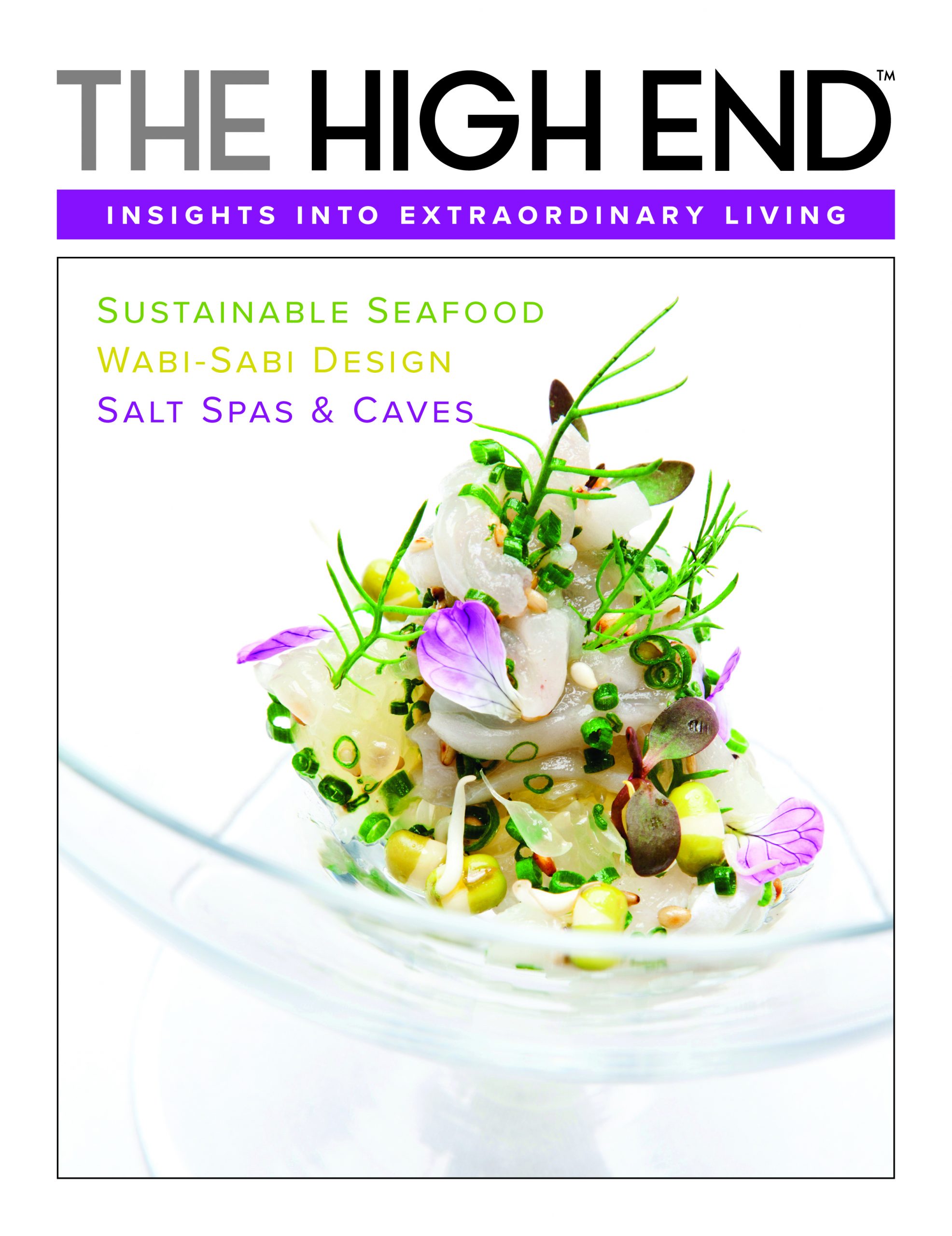
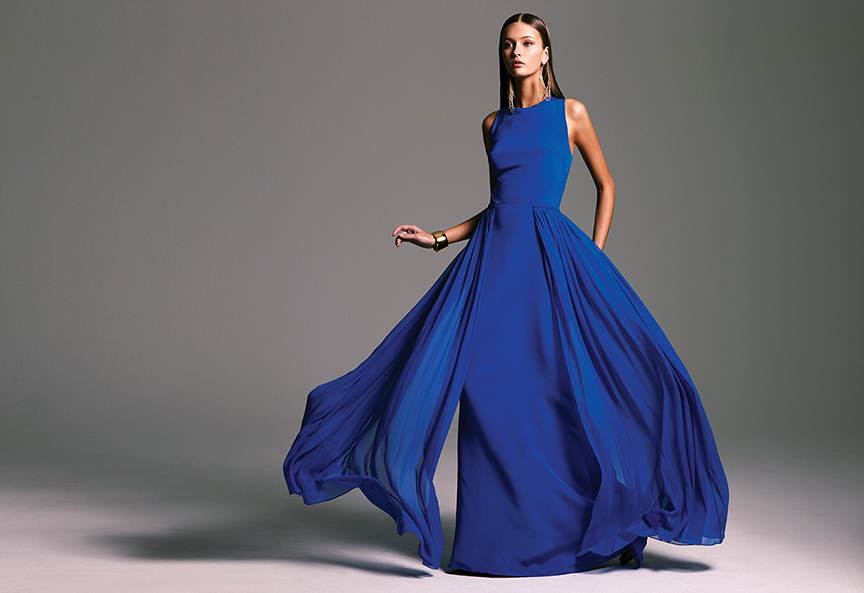
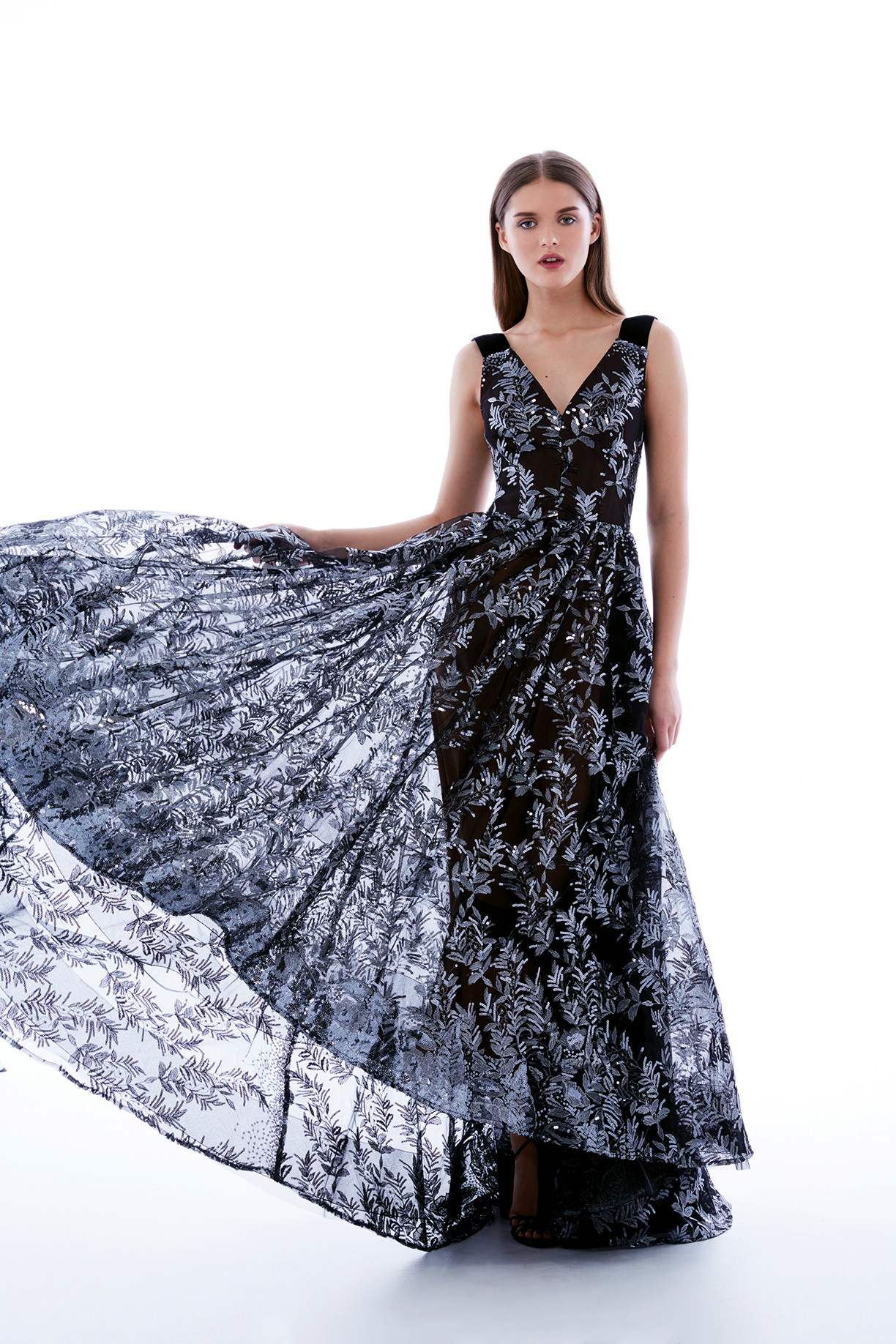
PHOTO COURTESY OF DAVID MEISTER
David Meister’s journey to become a fashion designer to the stars is based on “no rules” and creating timelessness.
A fashion designer or a brain surgeon. As a kid, the “very opinionated” David Meister already decided he was going to be one or the other. It was Cher who convinced him to choose fashion. Or actually, her dress.
Meister couldn’t help but notice how great Cher looked on “The Sonny & Cher Comedy Hour.“ “I watched the credits where it said ‘Cher’s Gown by Bob Mackie,’ and that’s how I realized that people could really do that,” he says, meaning design celebrity evening wear. From that point on, Meister put himself on a path toward fashion stardom.
Meister went on to study Fashion at the University of Cincinnati College of Design. He would later move on to New York City where he worked at Danskin, a fitness and body wear company. There, Meister learned to work with all types of fabric and how it can be used to effortlessly accentuate and flatter a woman’s form. It wasn’t long before he had his first collection of evening wear in 1998, followed closely by his first fall line, which was composed of the more modern evening wear that came to be the beginnings of his brand and signature style. His career has only grown since the 1990s, as he’s gone on to create a daytime dress collection, a line of bridal dresses, and numerous pieces that can be found in top luxury department stores like Neiman Marcus and Saks Fifth Avenue, as well as top boutiques across the country.
Apart from his overall love for all things fashion, Meister notes that the aspect of fashion that appeals to him is that it’s always moving. “I love it because it’s never static or ever the same — it’s always different and it’s always changing, and it’s quick. There are no rules, there are no formulas.” He also says that design itself is just another form of creative problem solving — “problems” he continues to solve by creating beautiful pieces in a style that offers a “sense of timelessness” so they will stay fashionable no matter the decade. This style not only makes him stand out as an iconic designer, but as a master of his craft.
What keeps people coming back to Meister’s style is his judgment in terms of design, particularly with fit. “I think a great fit is key, something beautifully made that fits beautifully,” which helps him remain inclusive of all sizes. This is essential, especially for his clients who are walking the red car-pet, noting, “once you put a dress on and go on the red carpet, you should not be thinking about anything except smiling and feeling good you shouldn’t have to worry about anything else.”

PHOTO COURTESY OF DAVID MEISTER
Meister’s pieces have become staples on the red carpet, as his star-studded list of clientele continues to grow along stars such as Diane Lane, Sofia Vergara, Tina Fey, Sigourney Weaver, and many others. Some of his favorite dresses include a hot pink piece worn by Felicity Huffman at the Emmys in 2007, as well as Valerie Bertinelli’s sky blue chiffon dress for her New Year’s Eve wedding, a personal request made to Meister only a week before the wedding. Even with the razor thin deadline, he and his team finished the dress in time for the wedding, a lovely gown worn by Bertinelli that was also featured on the cover of People Magazine in 2011.
Another strong passion of Meister’s is giving back to others. Now residing in Los Angeles, he frequently works with philanthropic groups in his free time. For example, with The Art of Elysium, Meister goes to communities in Los Angeles to support individuals in the midst of difficult emotional life challenges such as illness, hospitalization, or crisis. He does this by spending time with children or young adults, doing fun projects and helping them to be creative and expressive with art. Meister is also very involved in Dress for Success, having donated dresses and supported the organization as a whole.
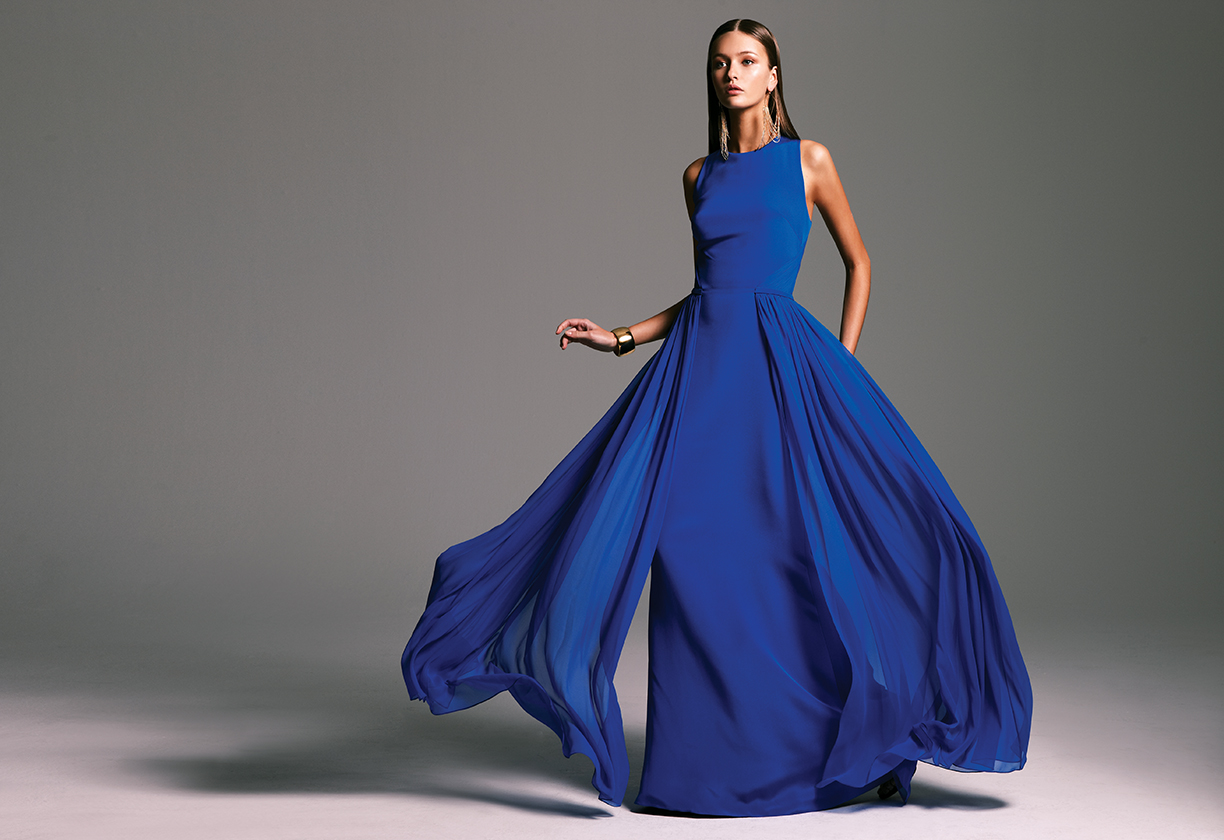
PHOTO COURTESY OF DAVID MEISTER
“I’ve always been a big supporter of this organization that works so hard to help people who are trying to put their lives back together and get back into the workforce,” Meister says, noting that it’s especially important for people to give back.
No matter the facet of life he sets his mind to, Meister showcases unwavering determination to succeed. When discussing his goals for the future, he humorously yet seriously says, “Simple: global domination.” Though these plans might take some time to reach their full effect, he adds that “if there’s something I want to do, I’ll do it.” He also recommends to anyone else interested in pursuing a career in fashion that this field is not for the faint-hearted.

PHOTO COURTESY OF DAVID MEISTER
Helen Mirren
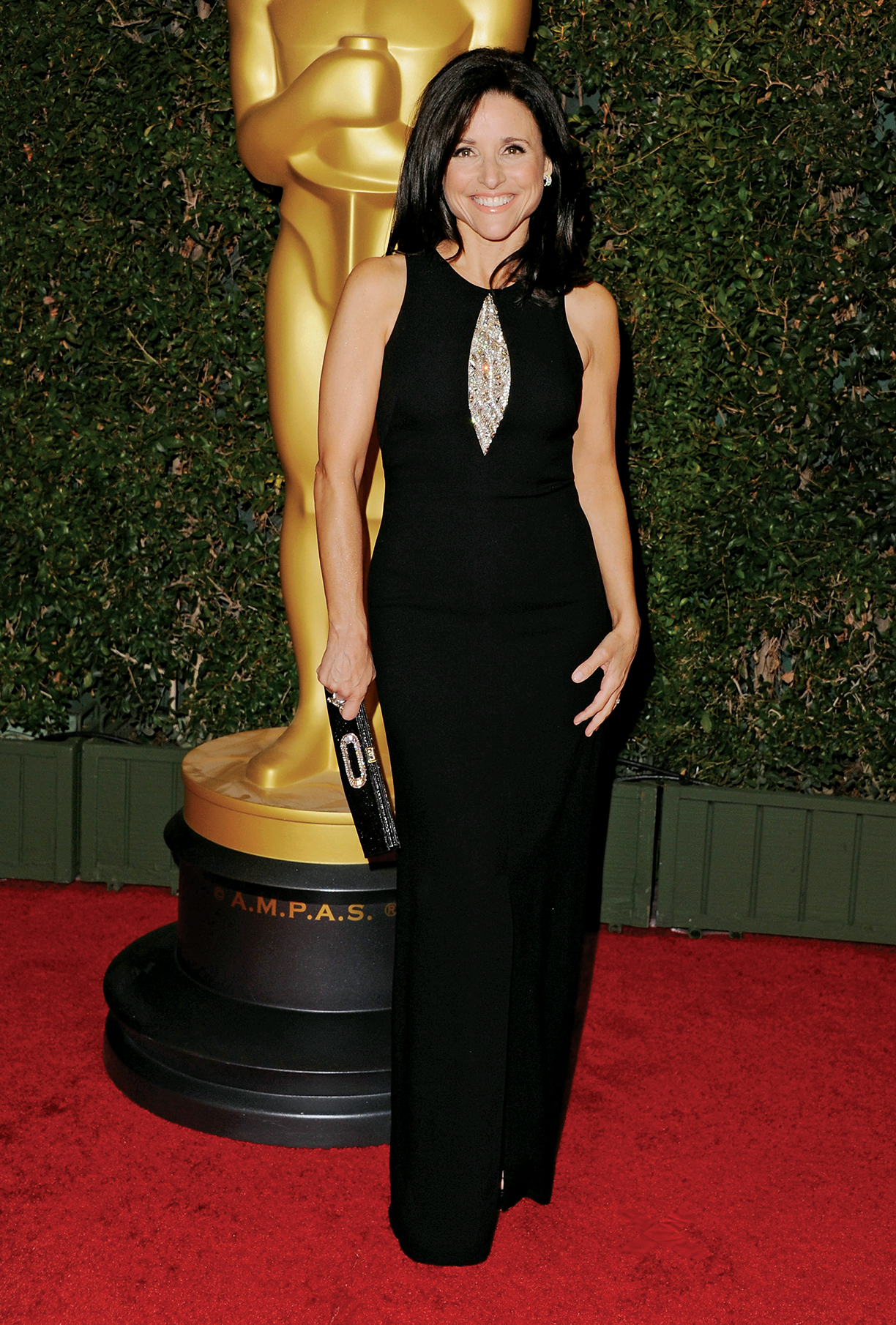
©2013 JON KOPALOFF
Julia Louis-Dreyfus
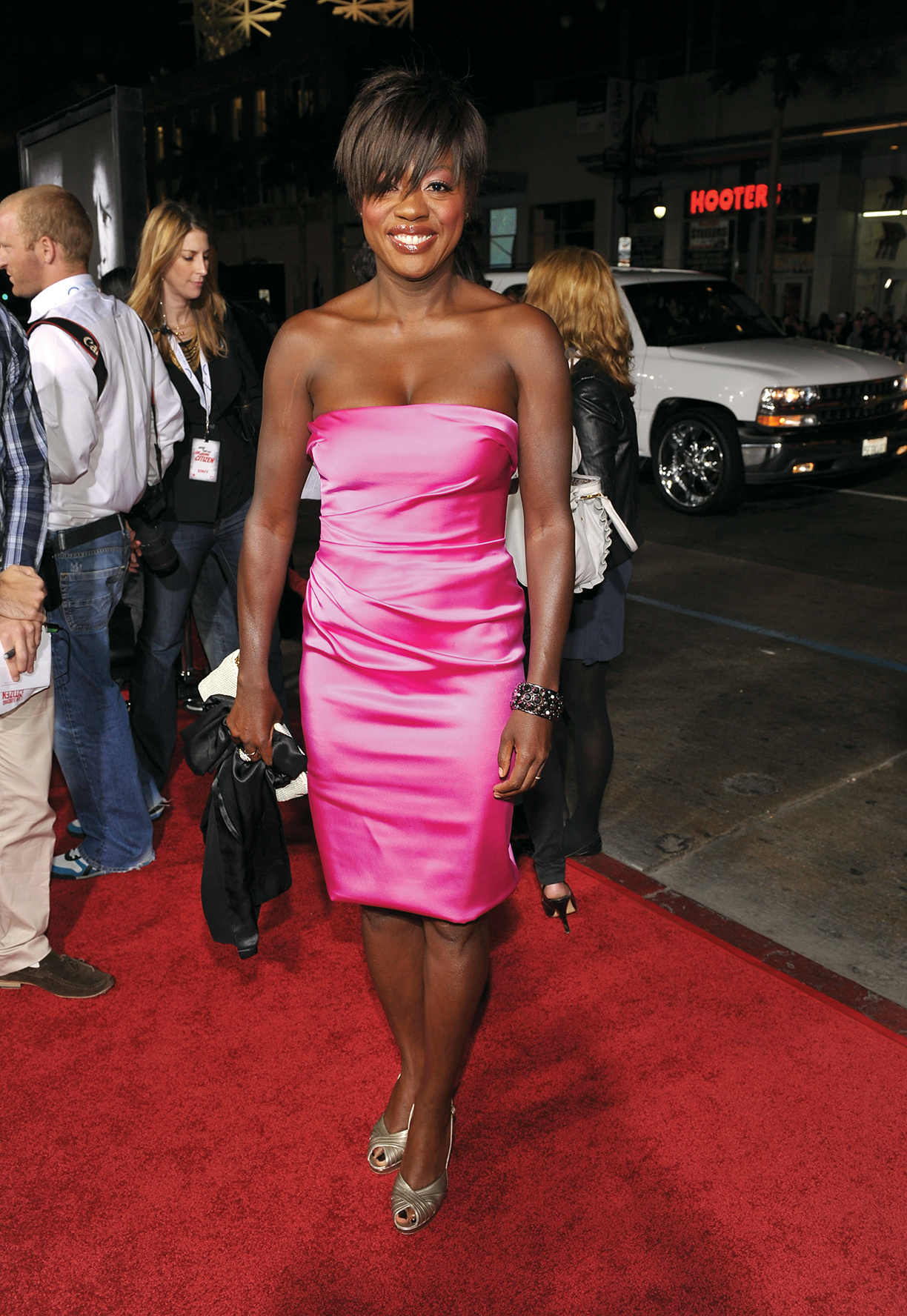
PHOTO BY JOHN SHEARER / ©2009 WIREIMAGE
Viola Davis

PHOTO BY MATT BARON / BEI / SHUTTERSTOCK
Delilah Hamlin
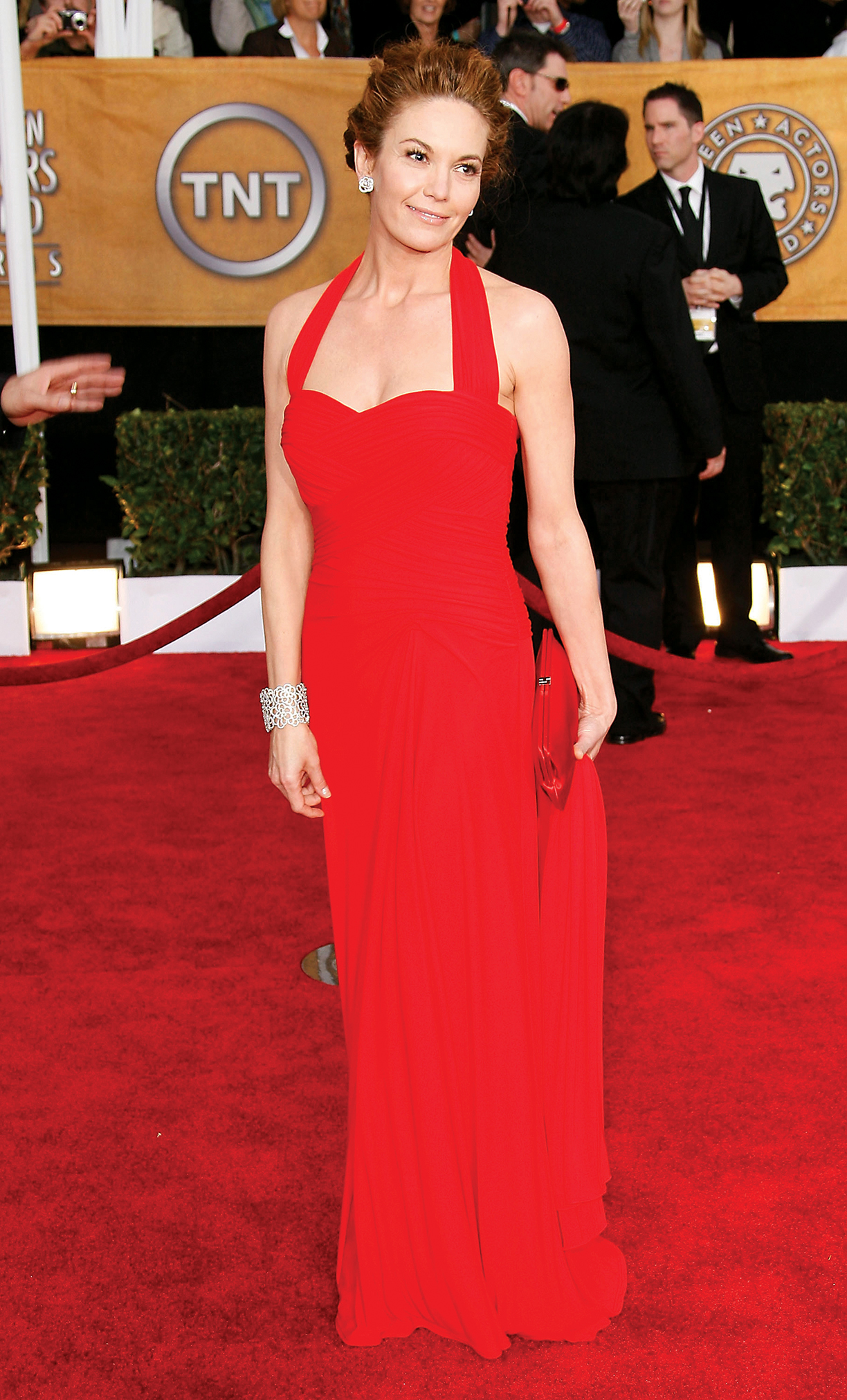
PHOTO BY DAN MACMEDAN / WIREIMAGE
Diane Lane

PHOTO COURTESY OF DAVID MEISTER
Emmanuelle Chirqui
“Fashion is one of those professions where if you’re talented and you just keep going, there’s no limit to where you can end up … You’re the master of your own destiny, but only if you want it, you have to work hard for it.”
This editorial originally appeared in The High End Winter 2020.

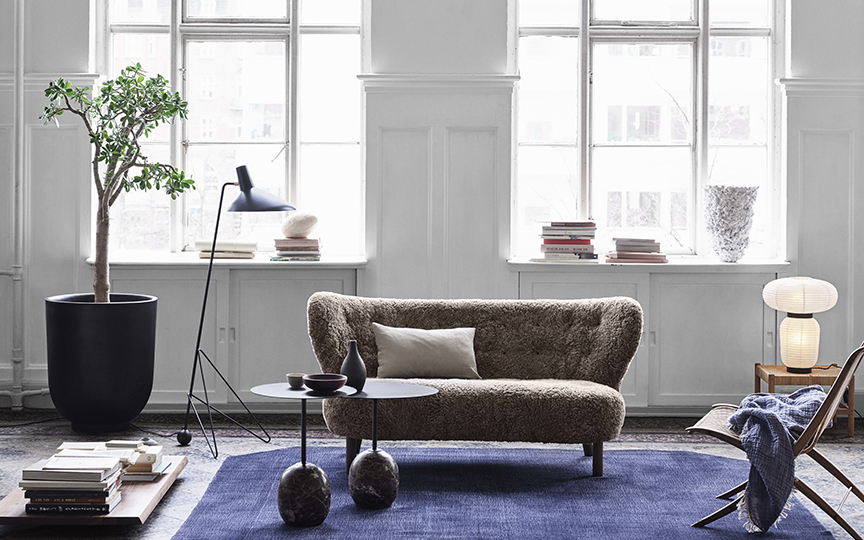
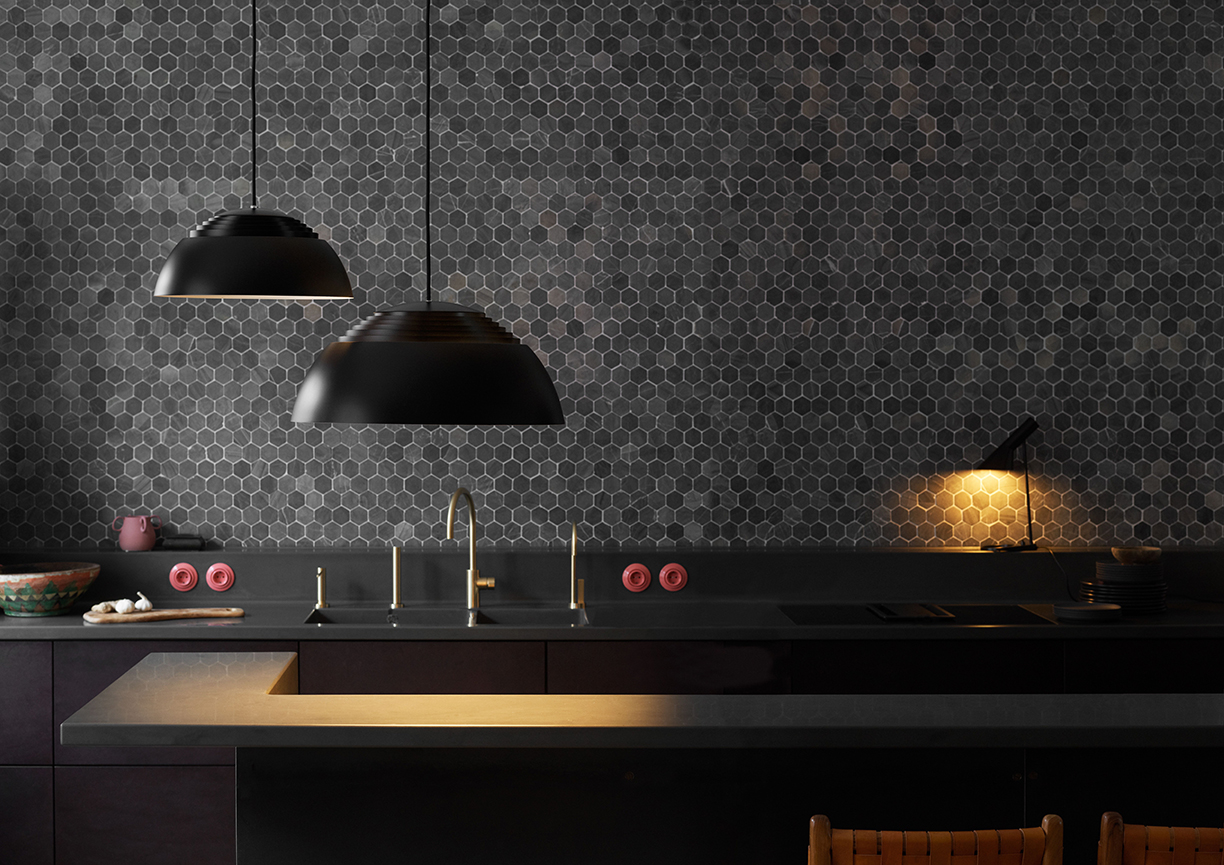
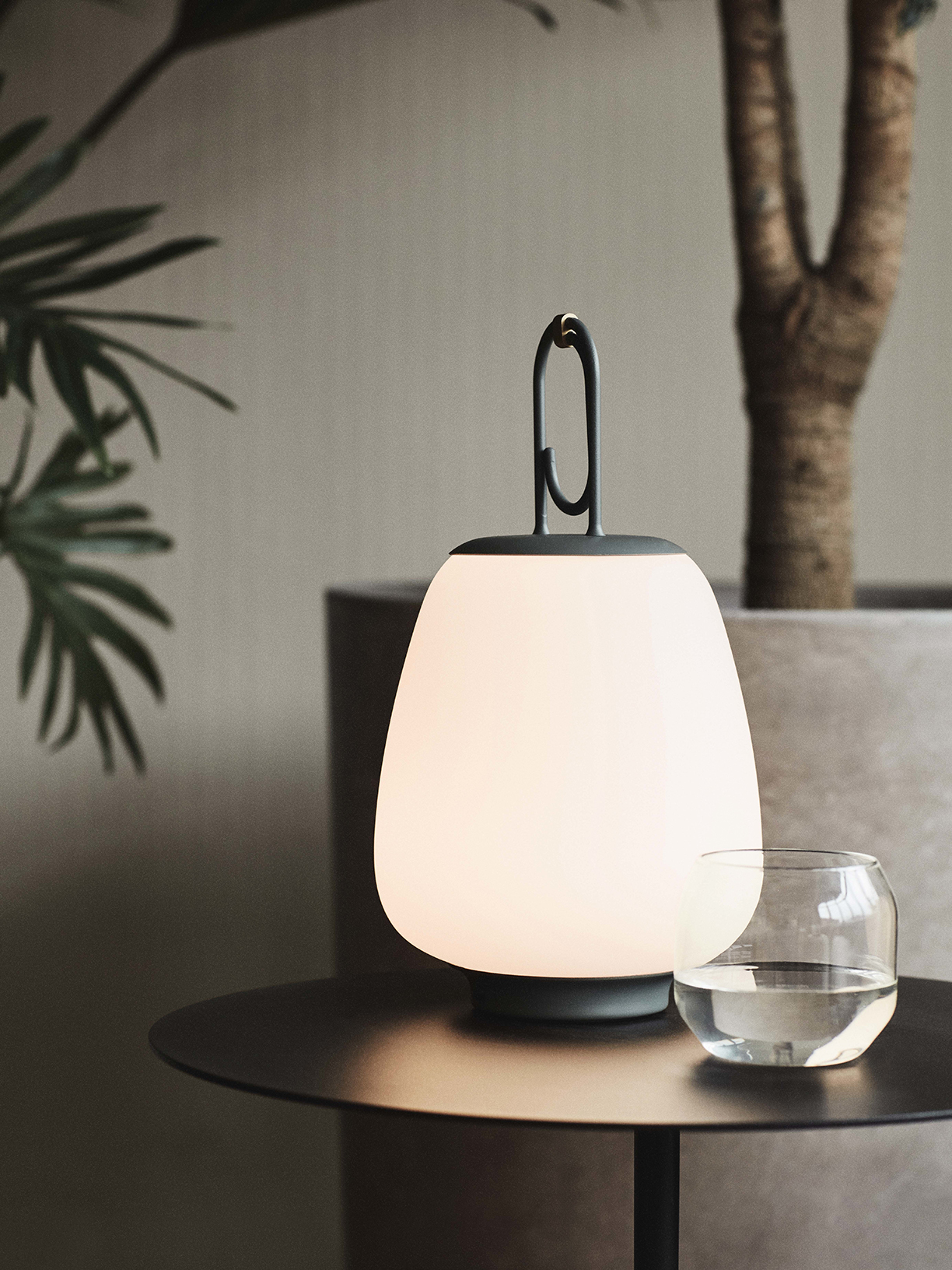
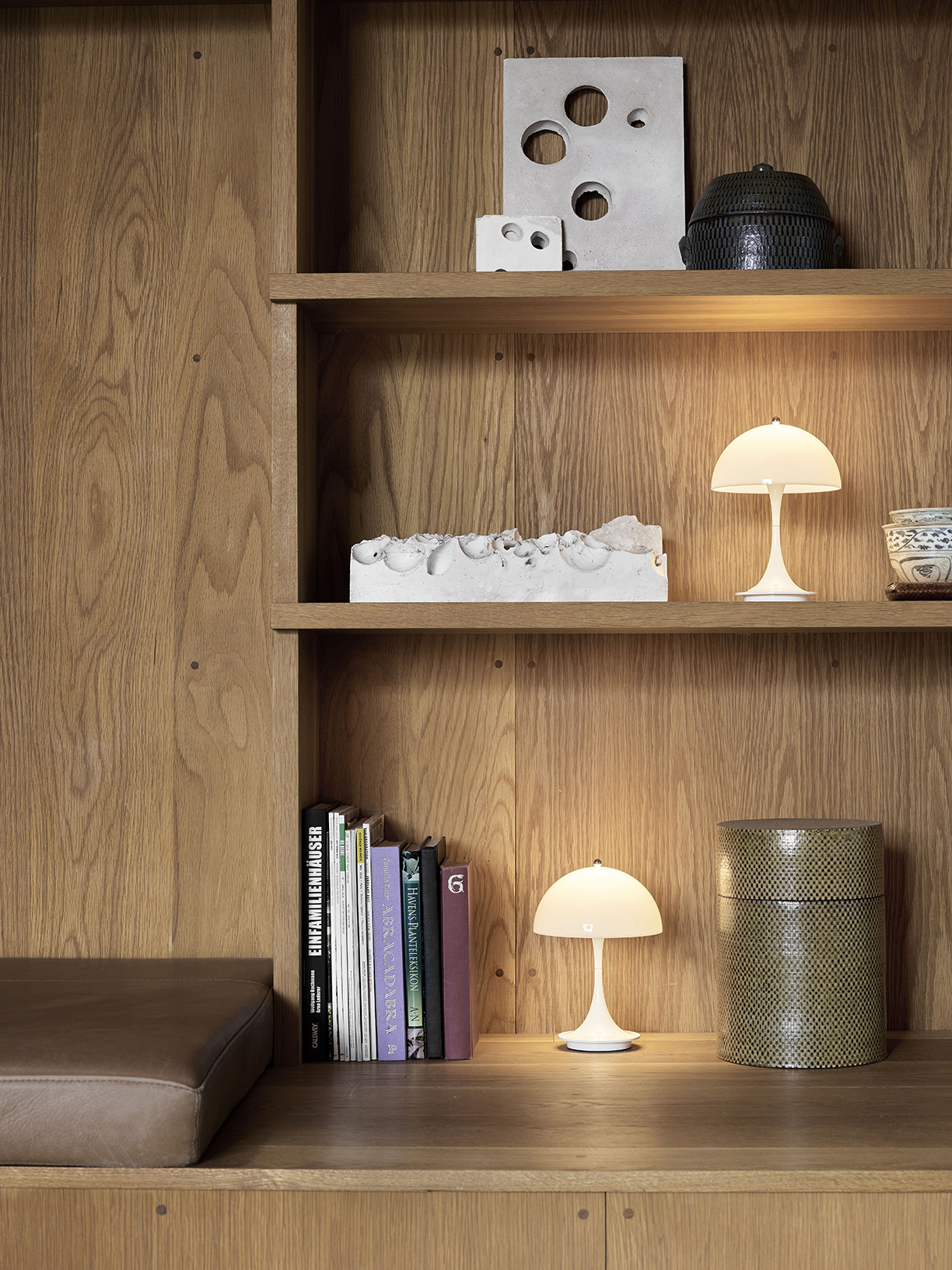

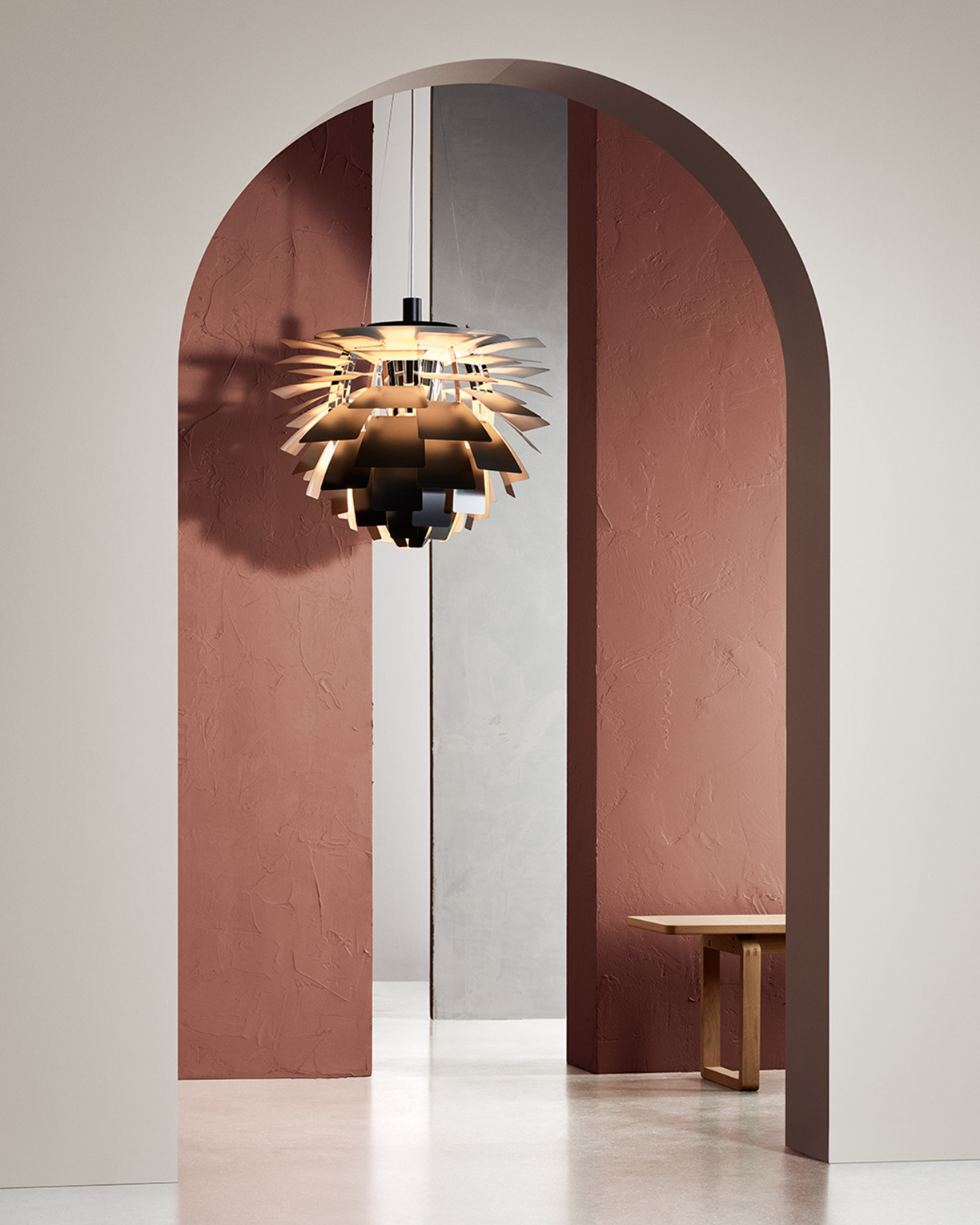
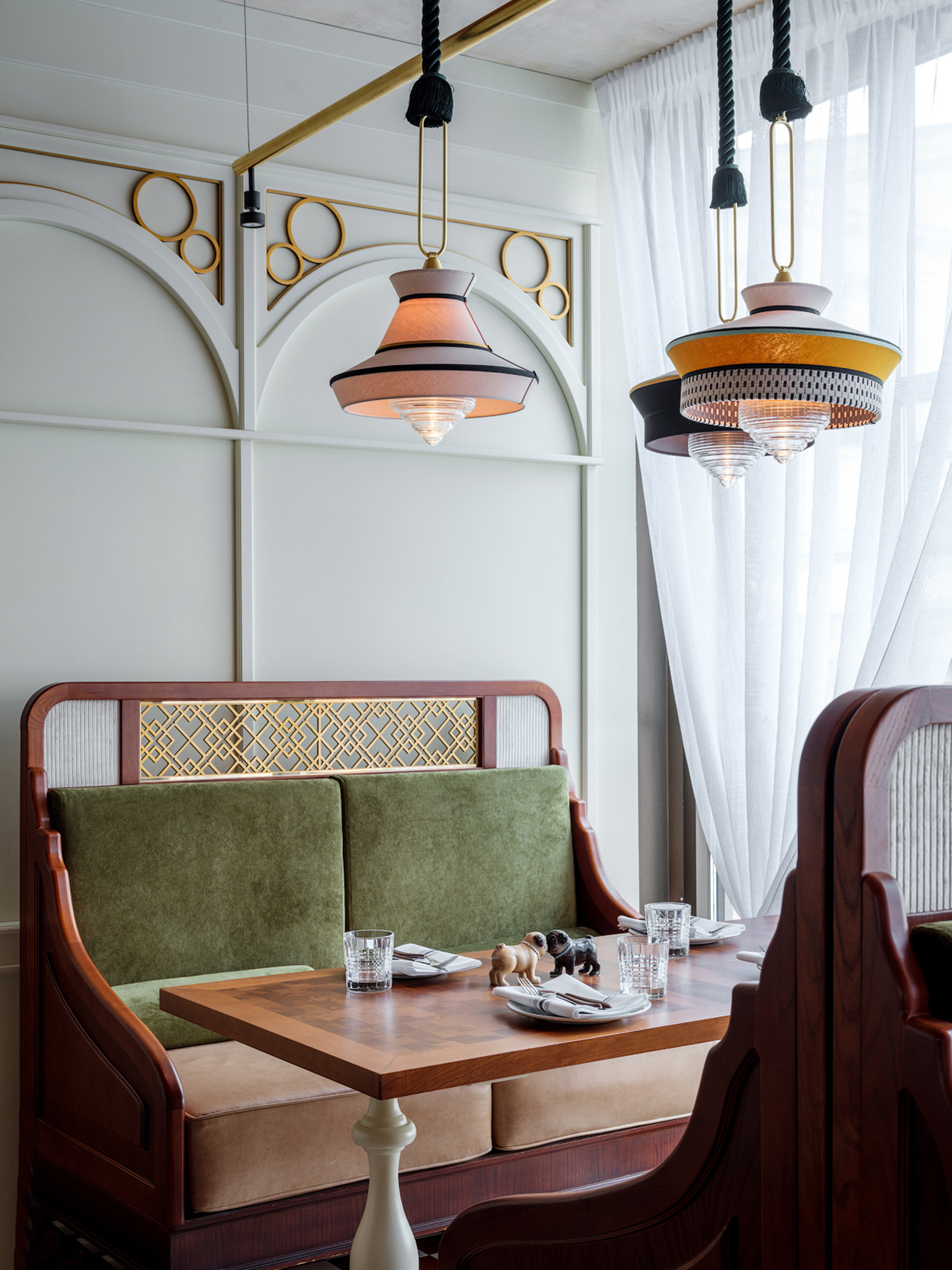
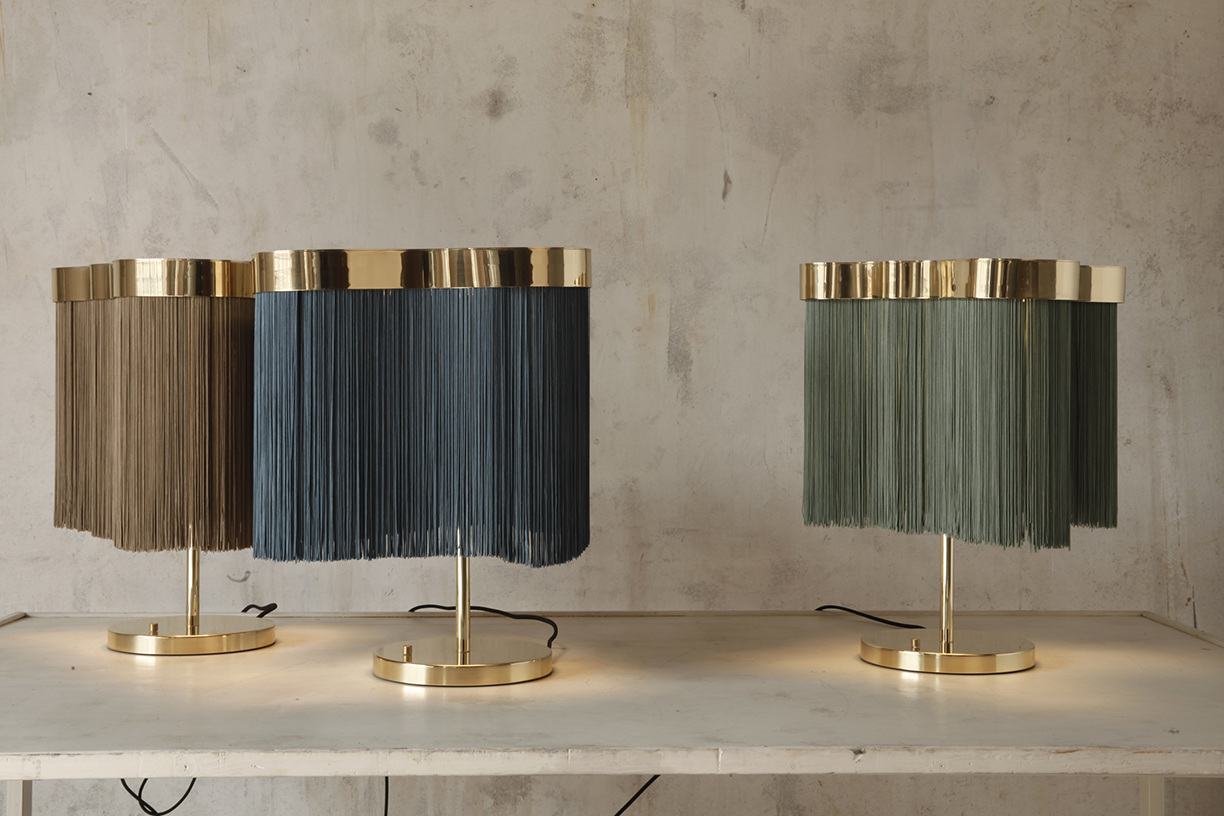
All photos courtesy Chaplins Furniture.
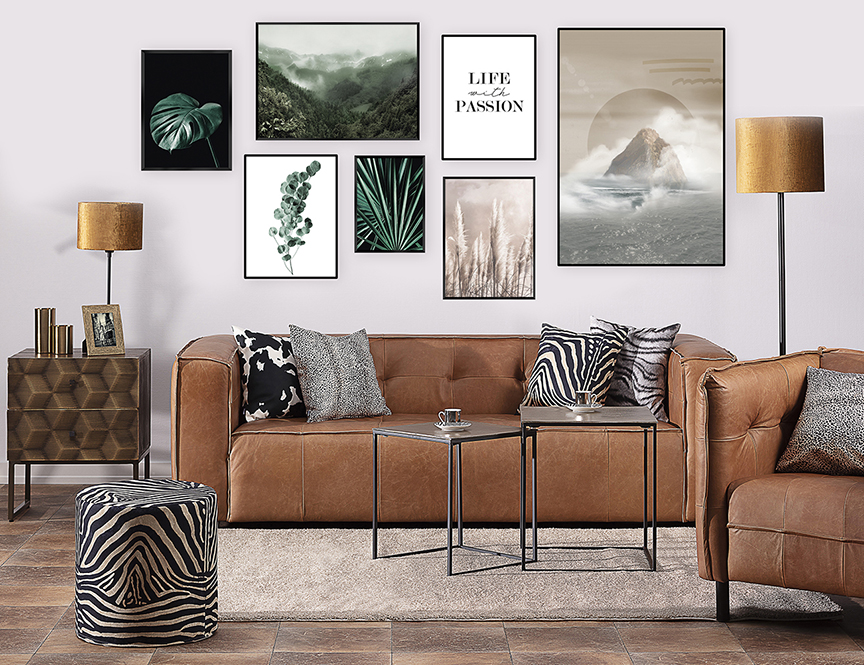
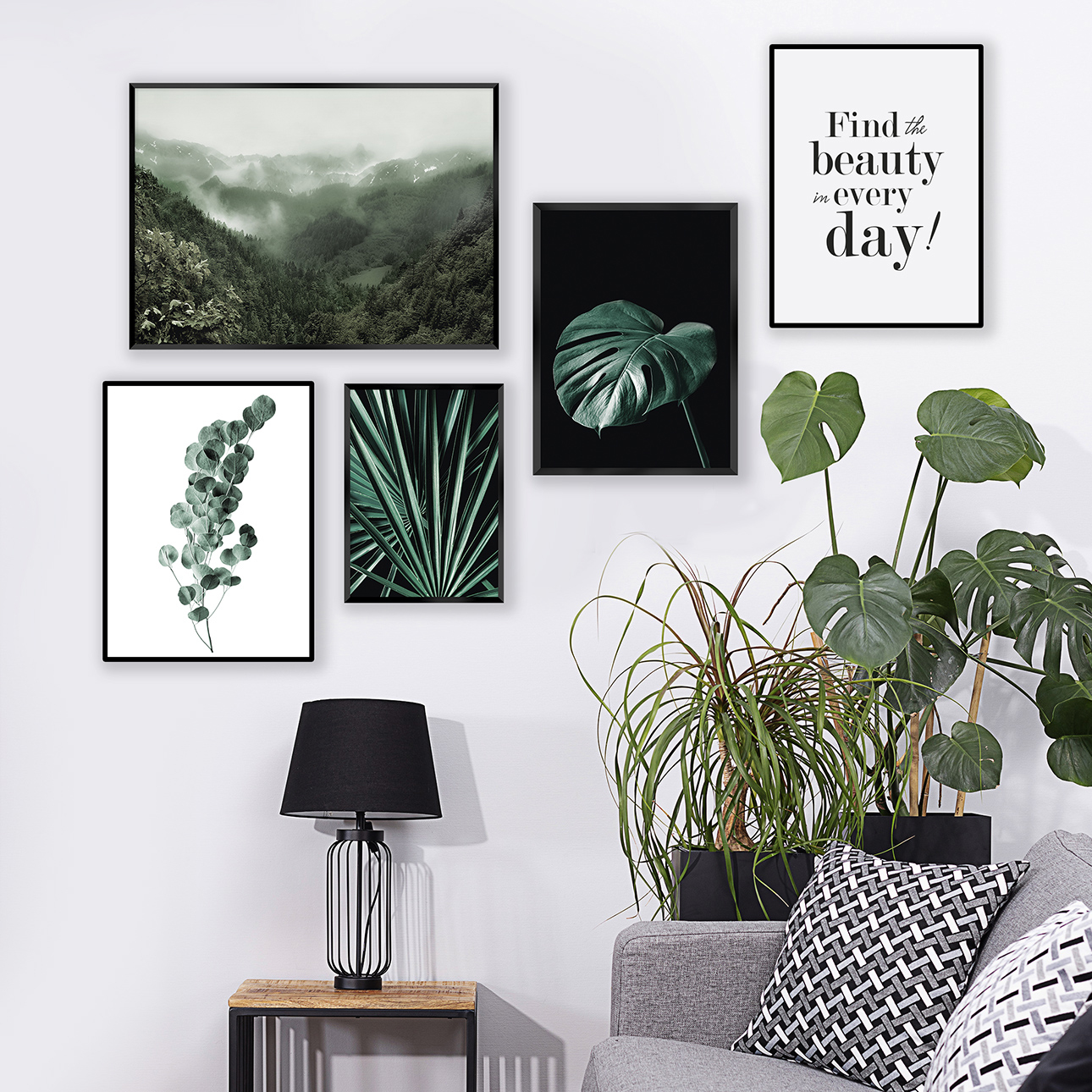




©istockphoto.com / SL_Photography

Panama
Stephanie Villarreal
President, Realtor
Your Panama Real Estate Connection
888.899.0019
info@yourpanamaconnection.com
Page 31
THIS ARTICLE ORIGINALLY APPEARED IN THE GLOBAL 2019 ISSUE OF UNIQUE HOMES. TO SEE THE DIGITAL VERSION OF THIS STORY, CLICK HERE.